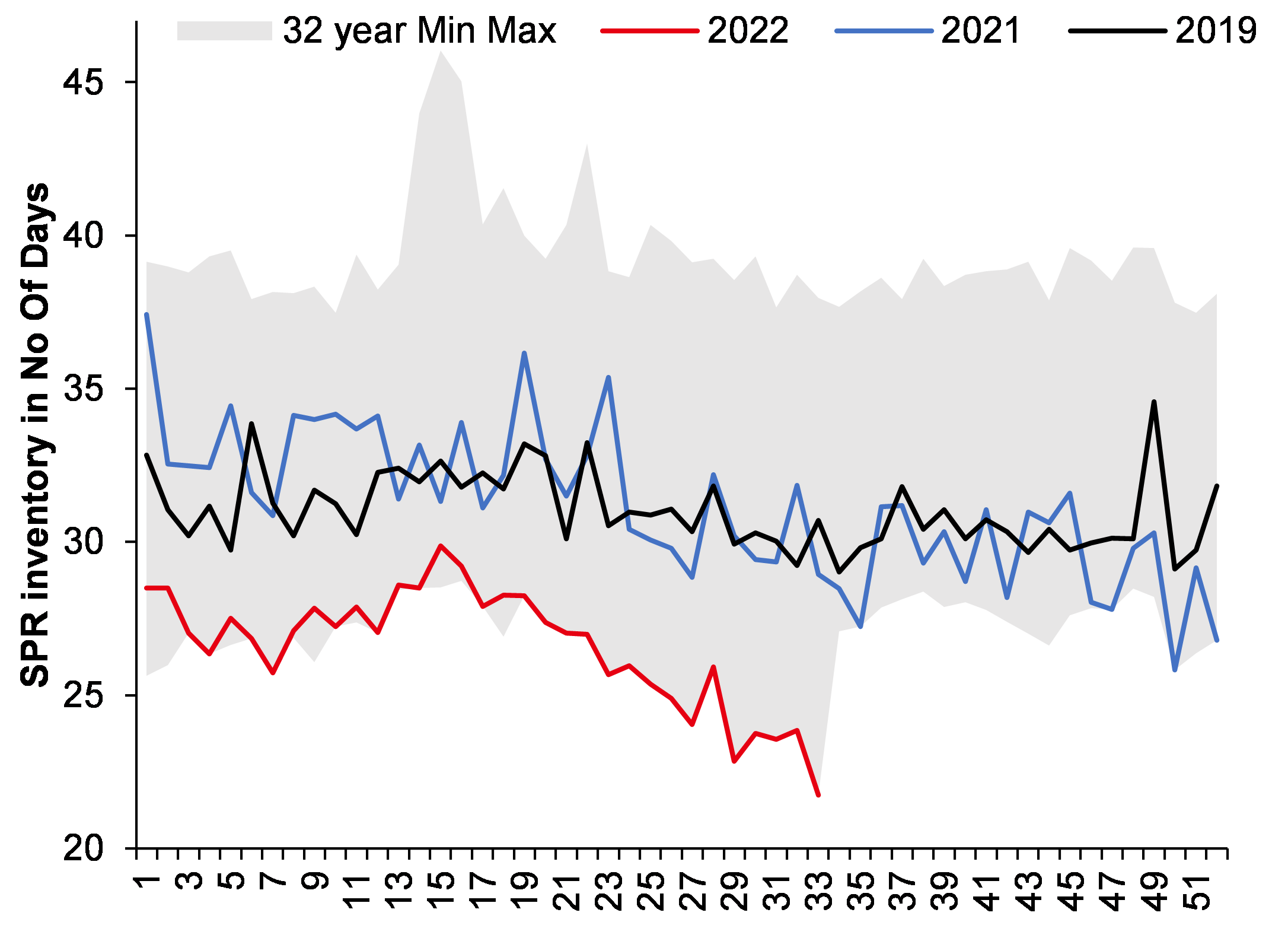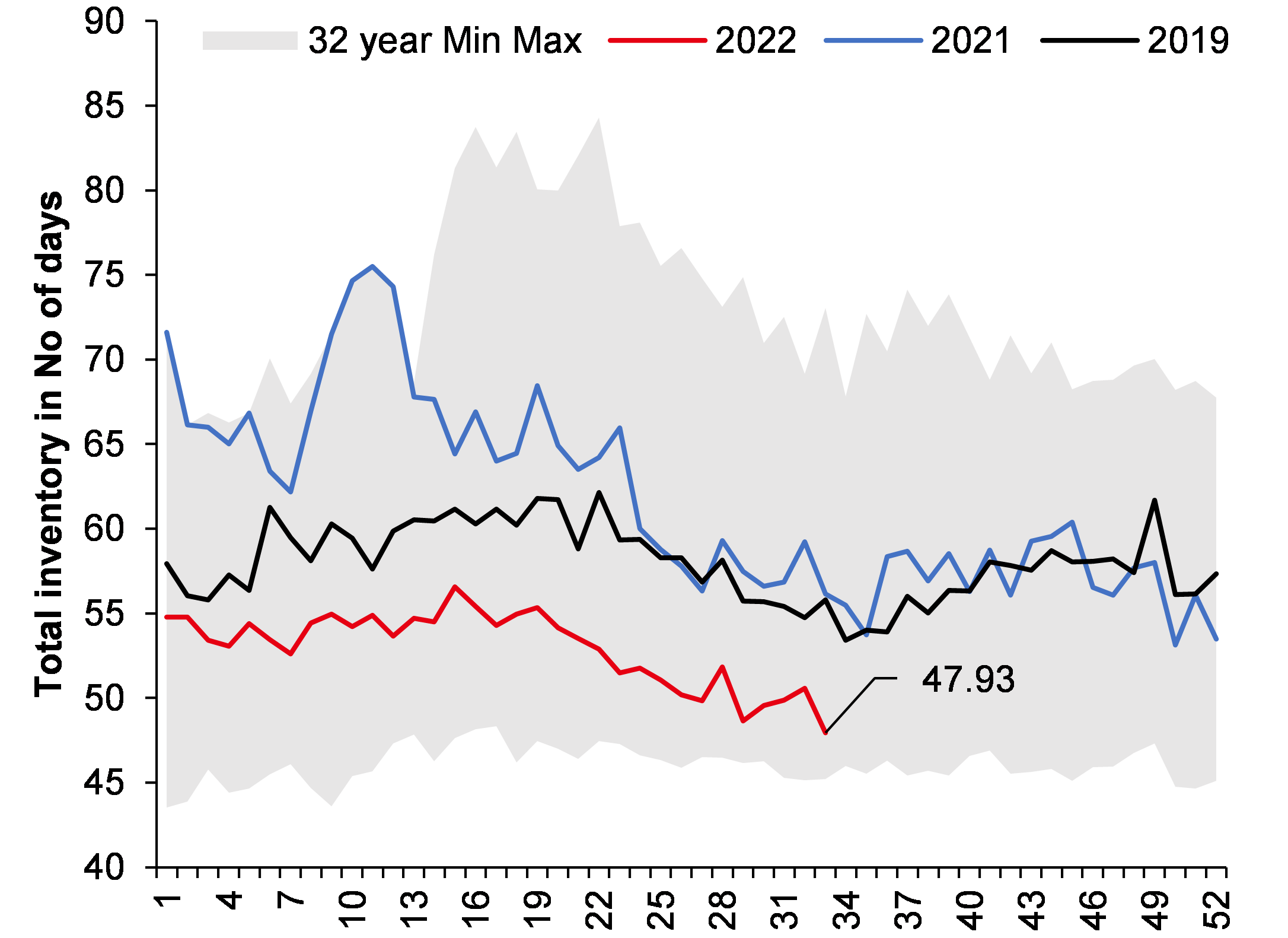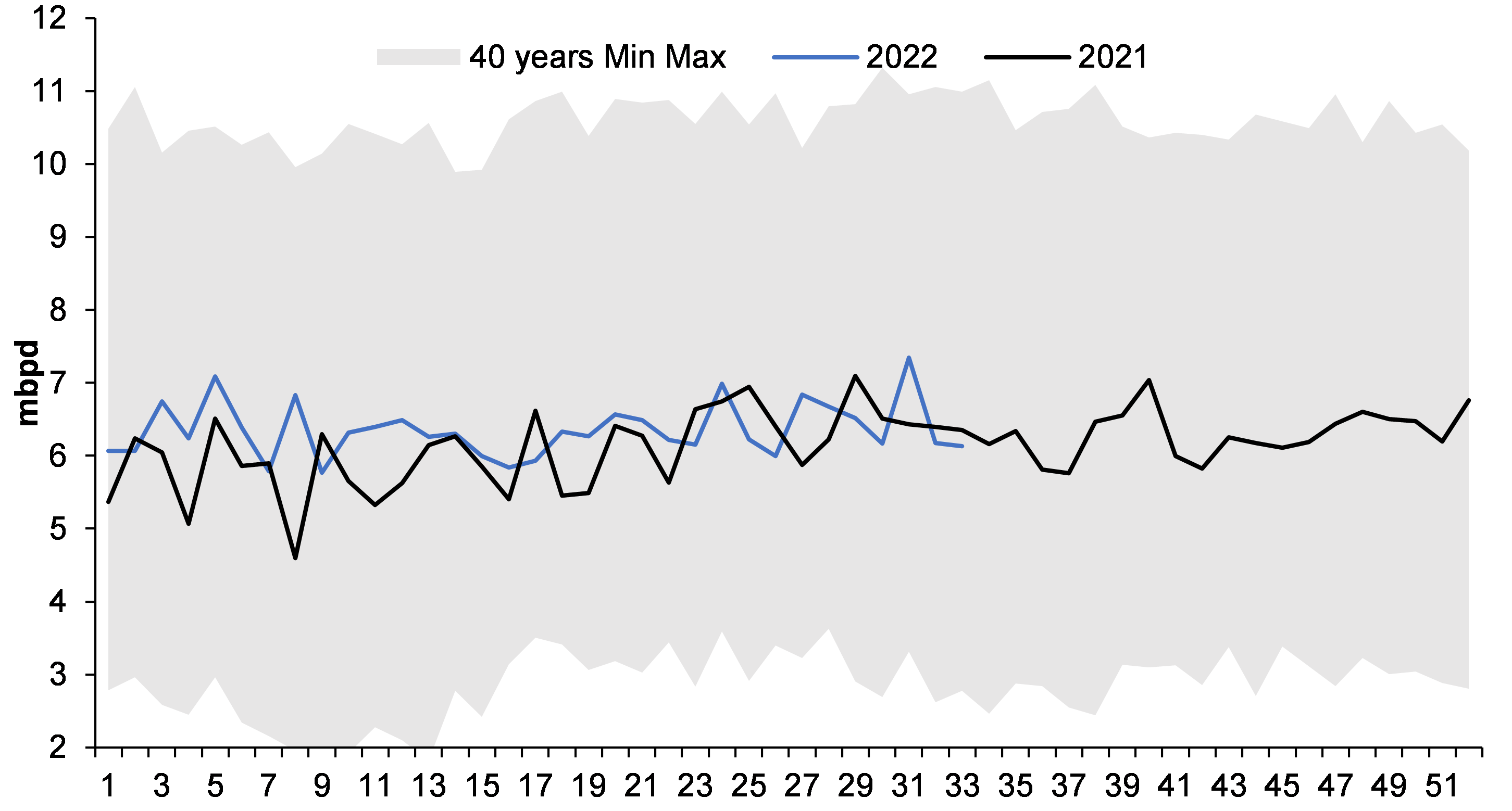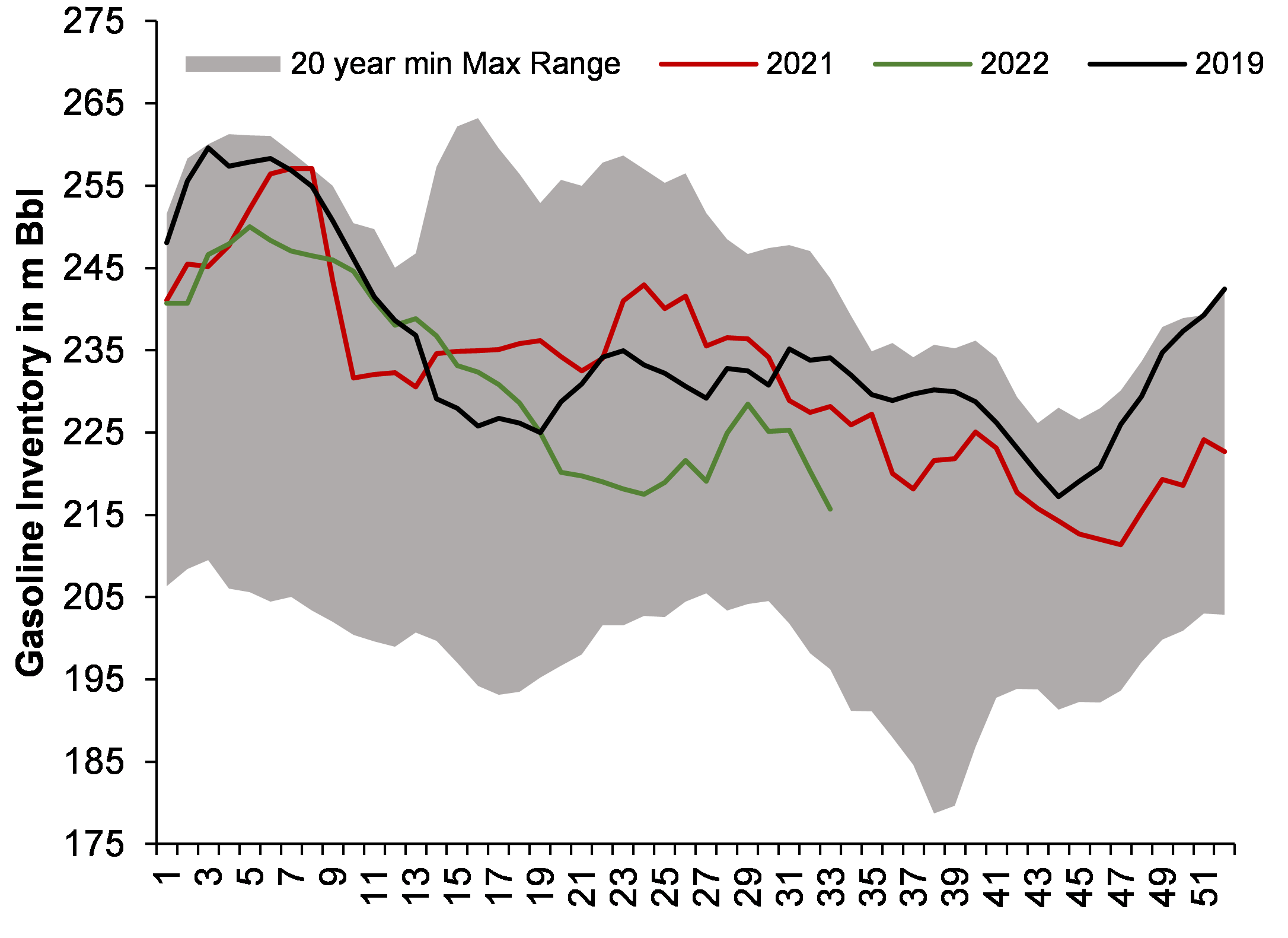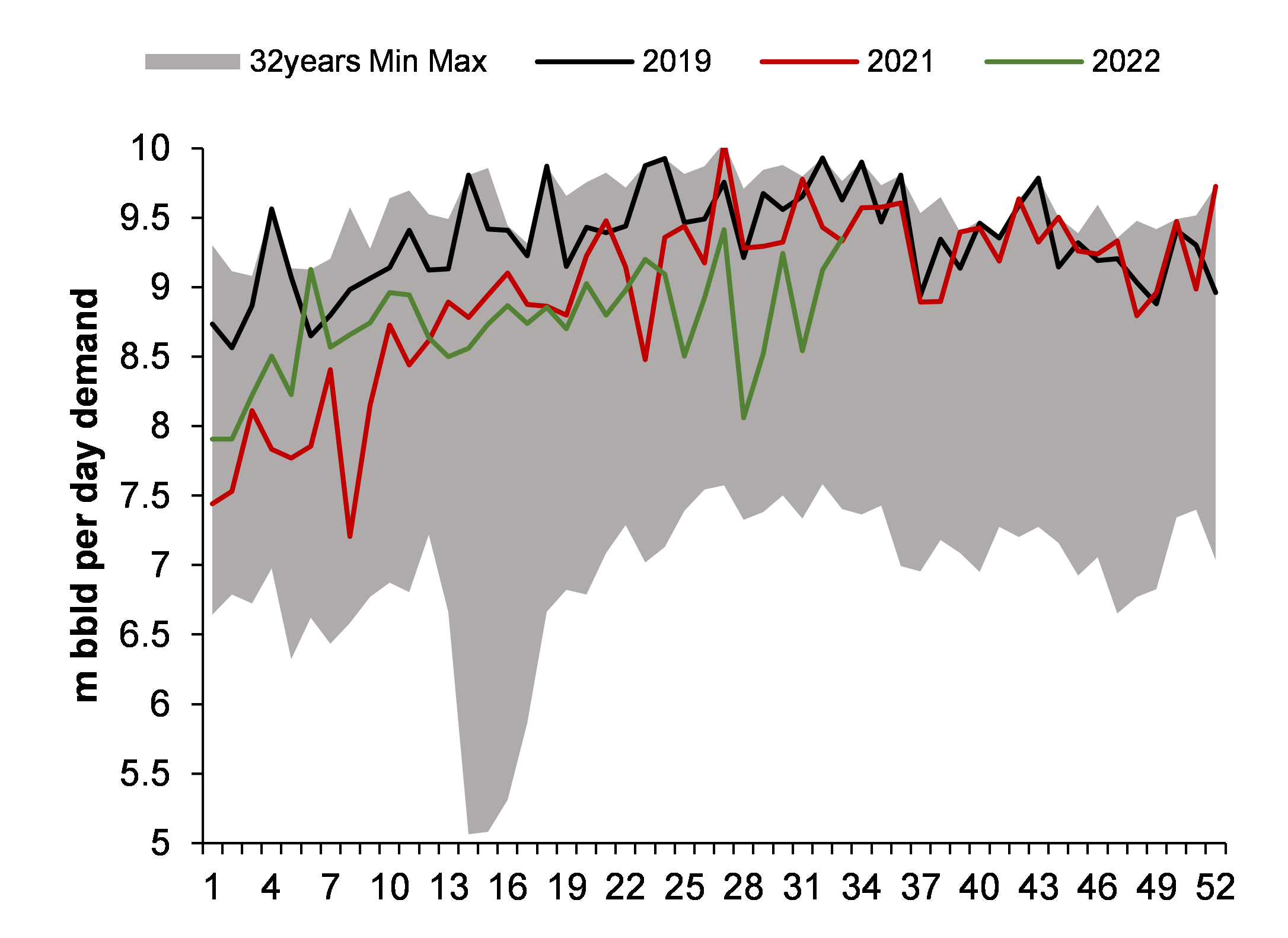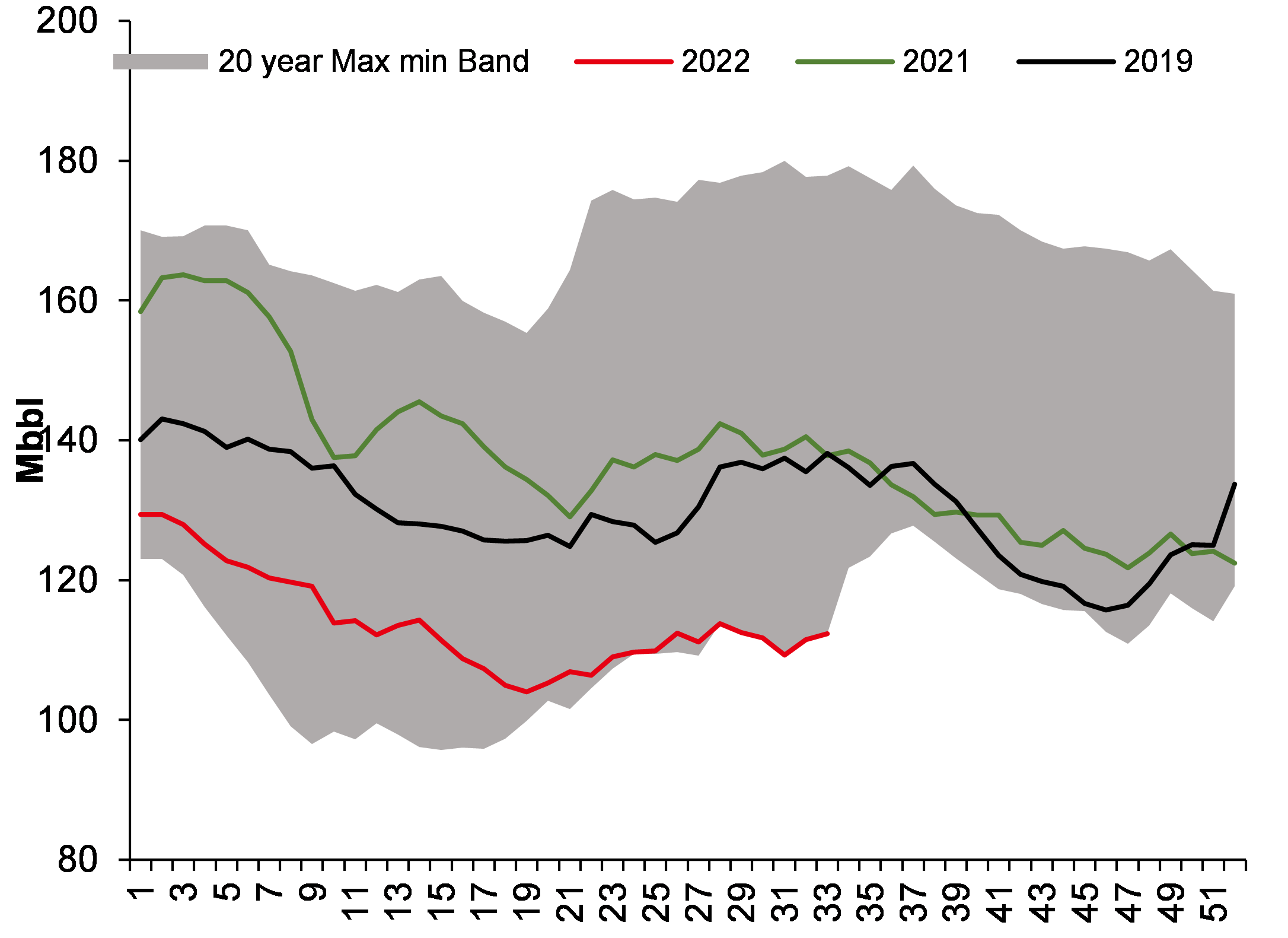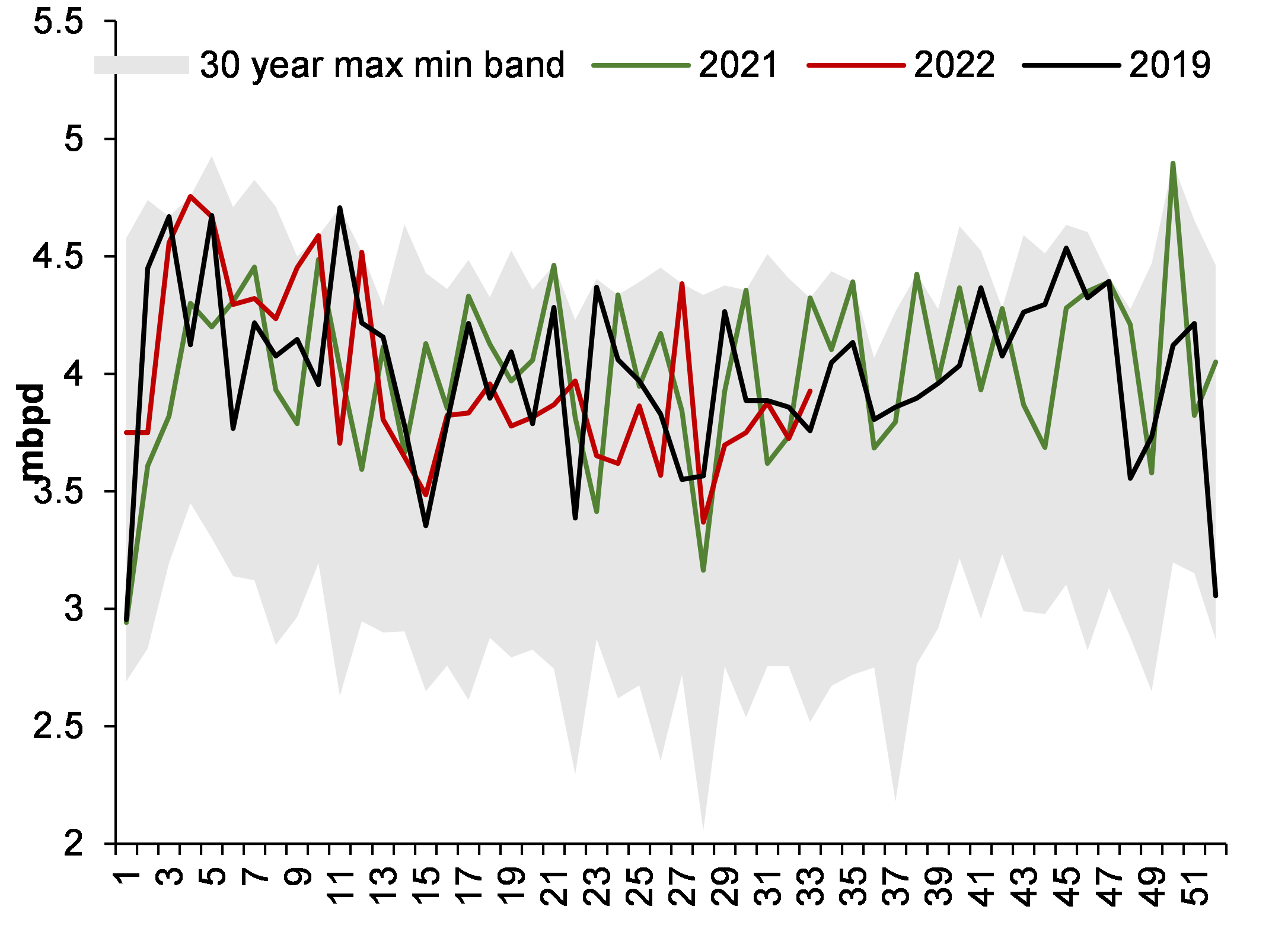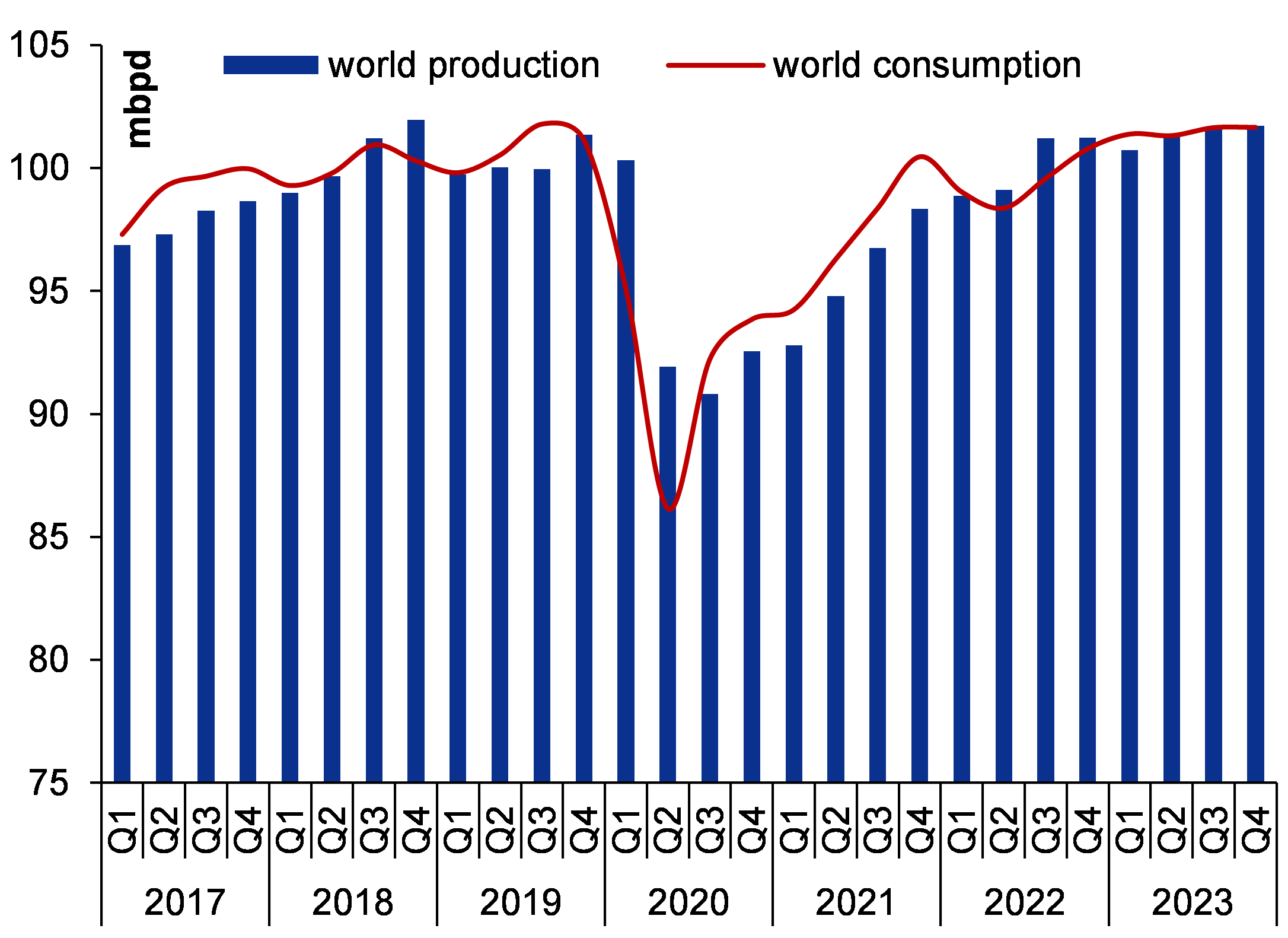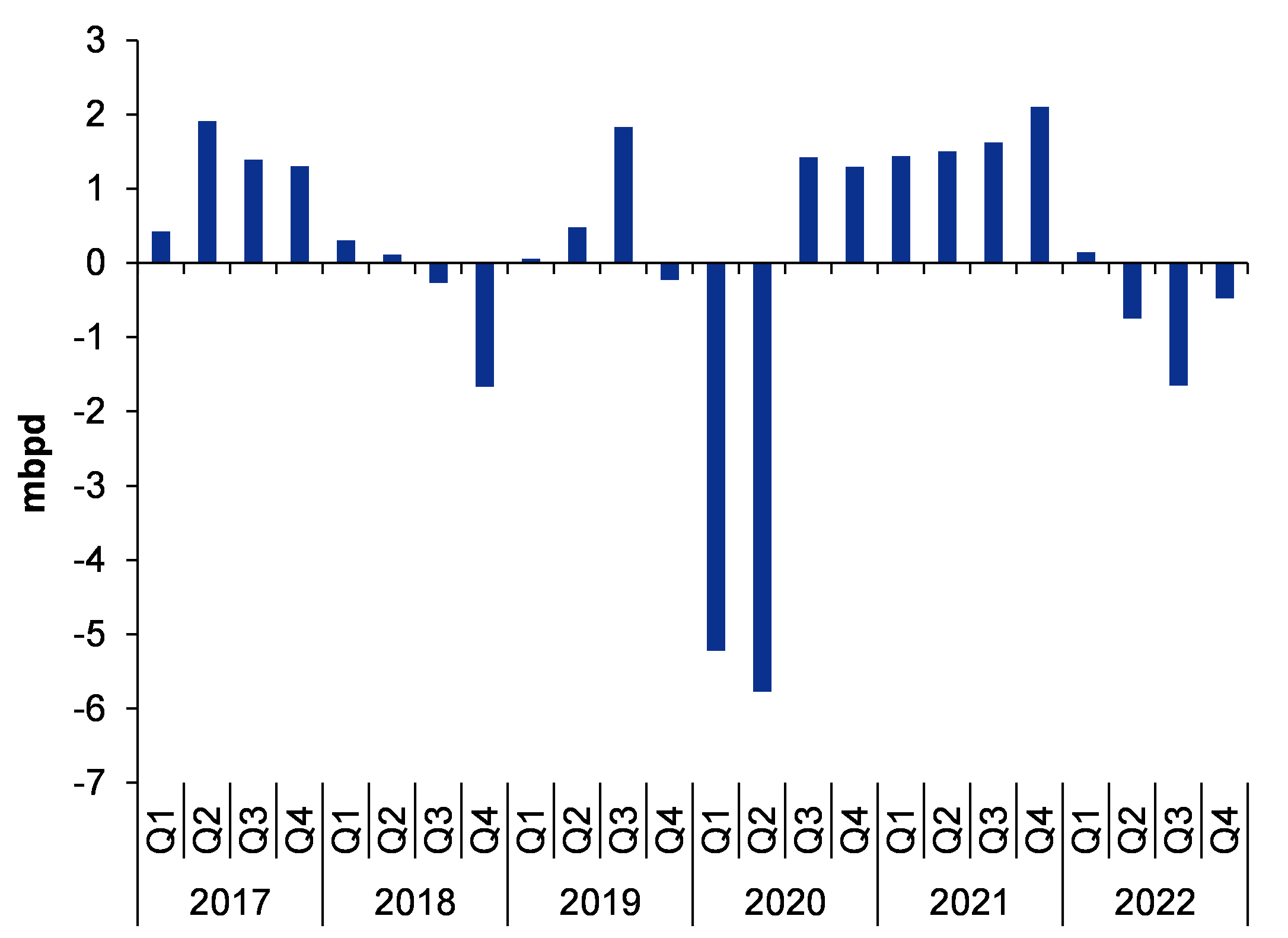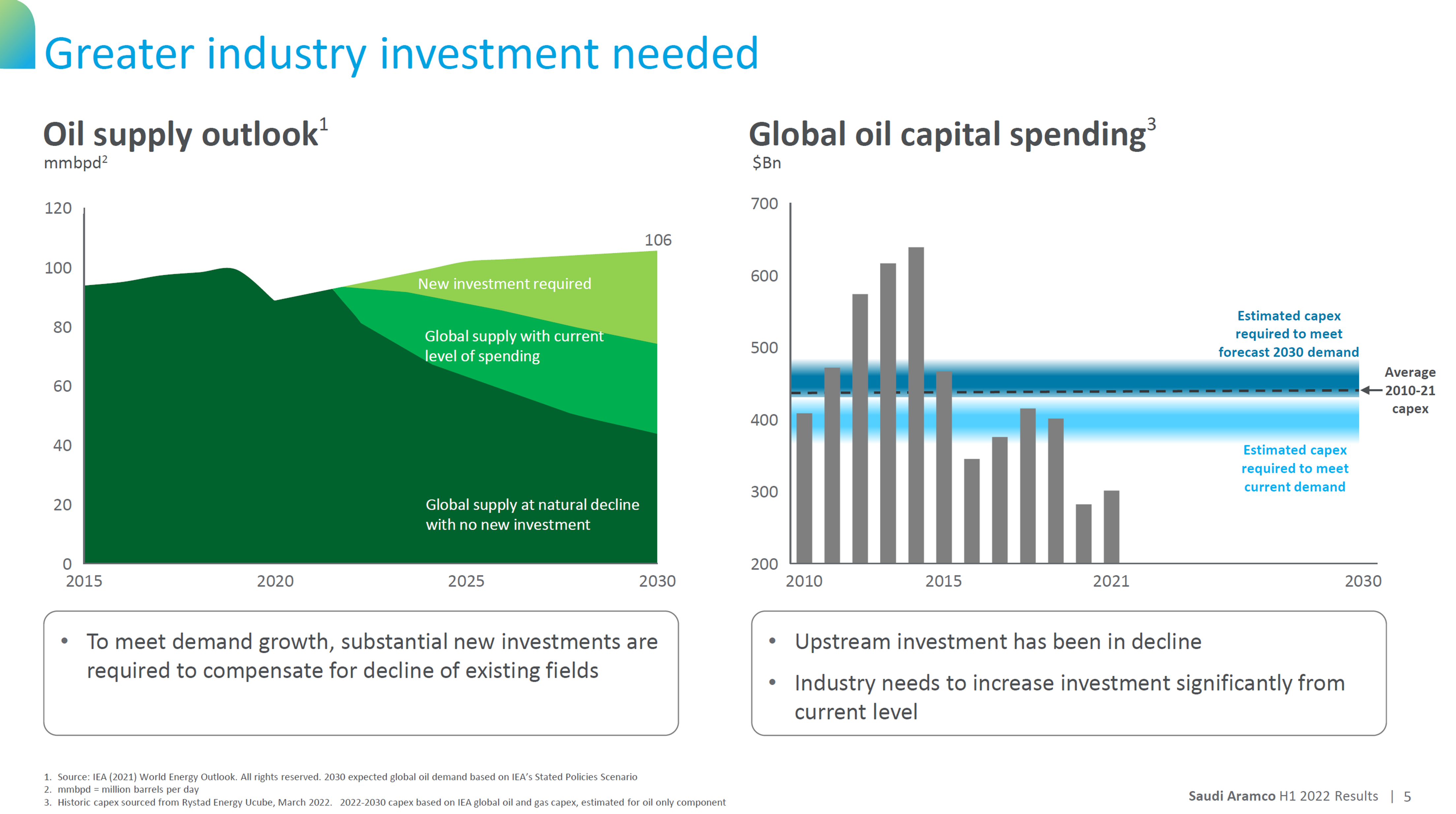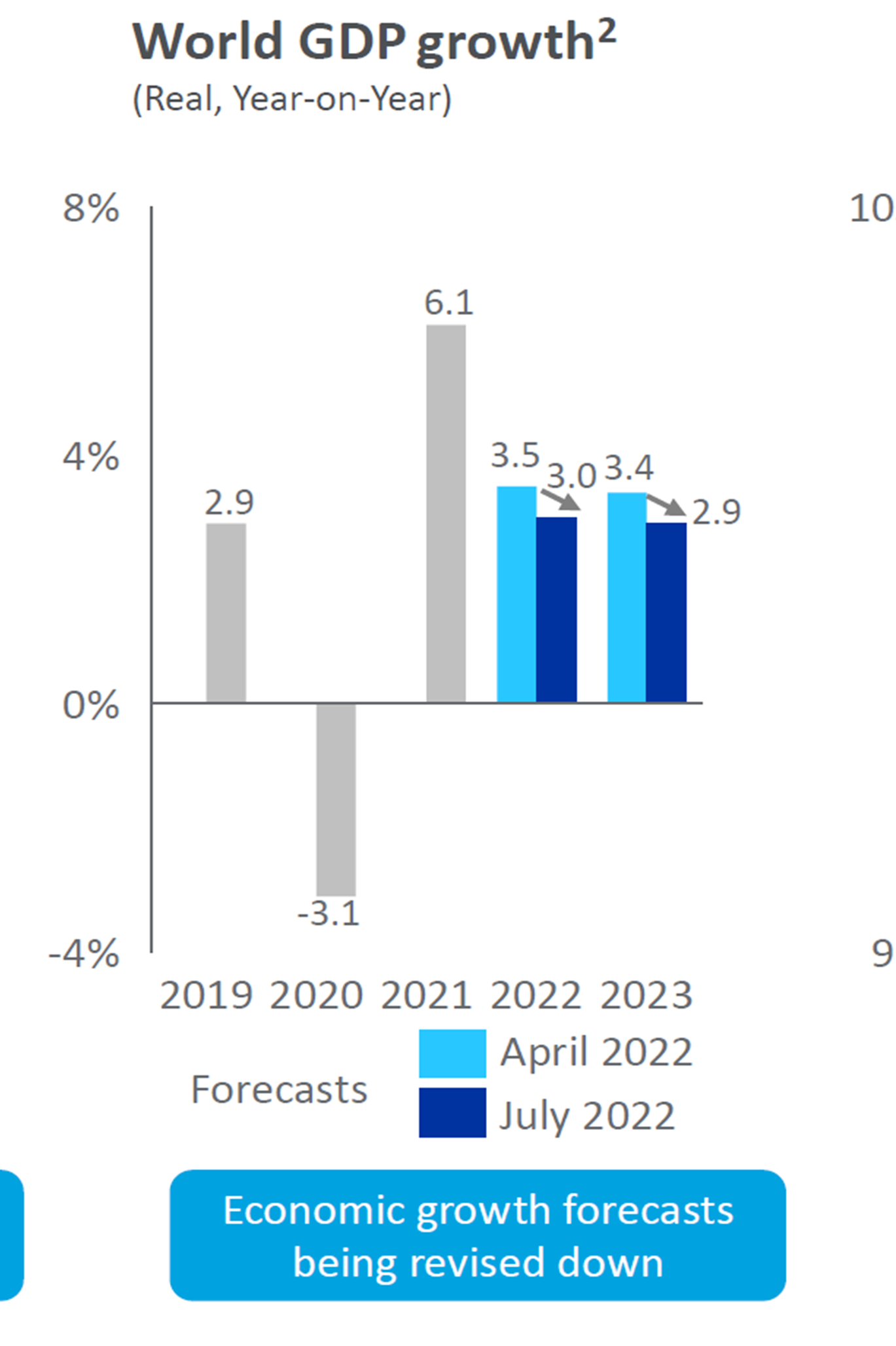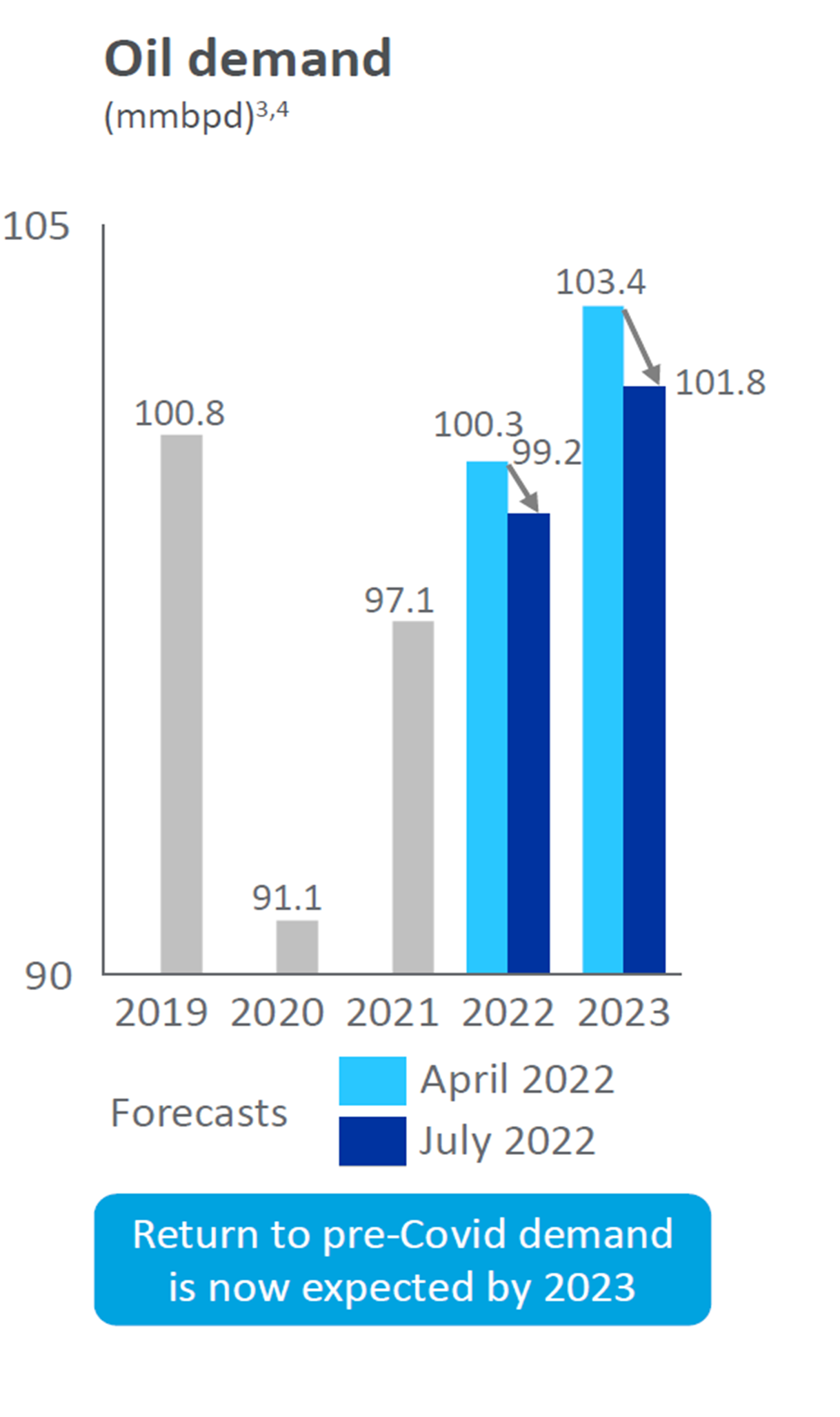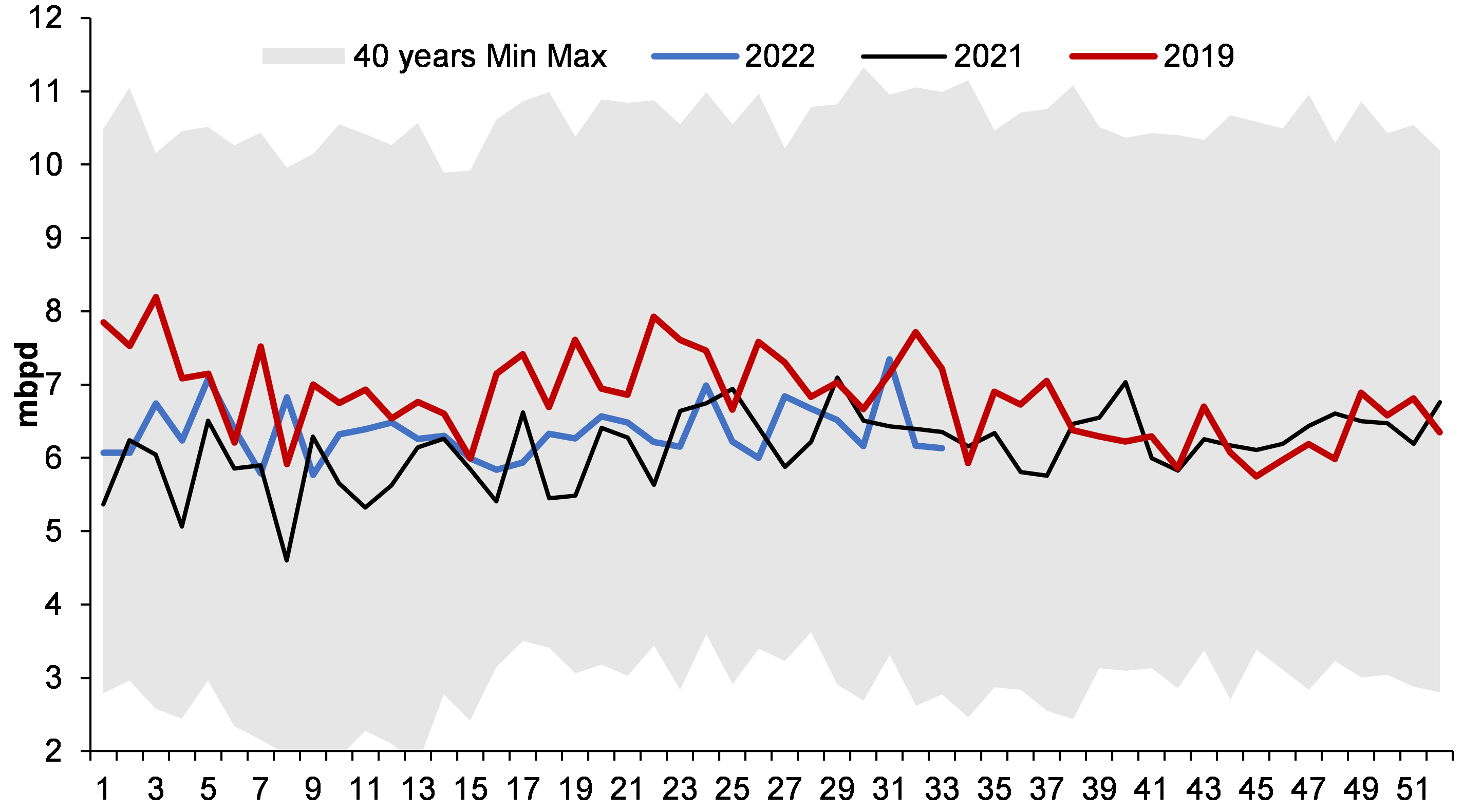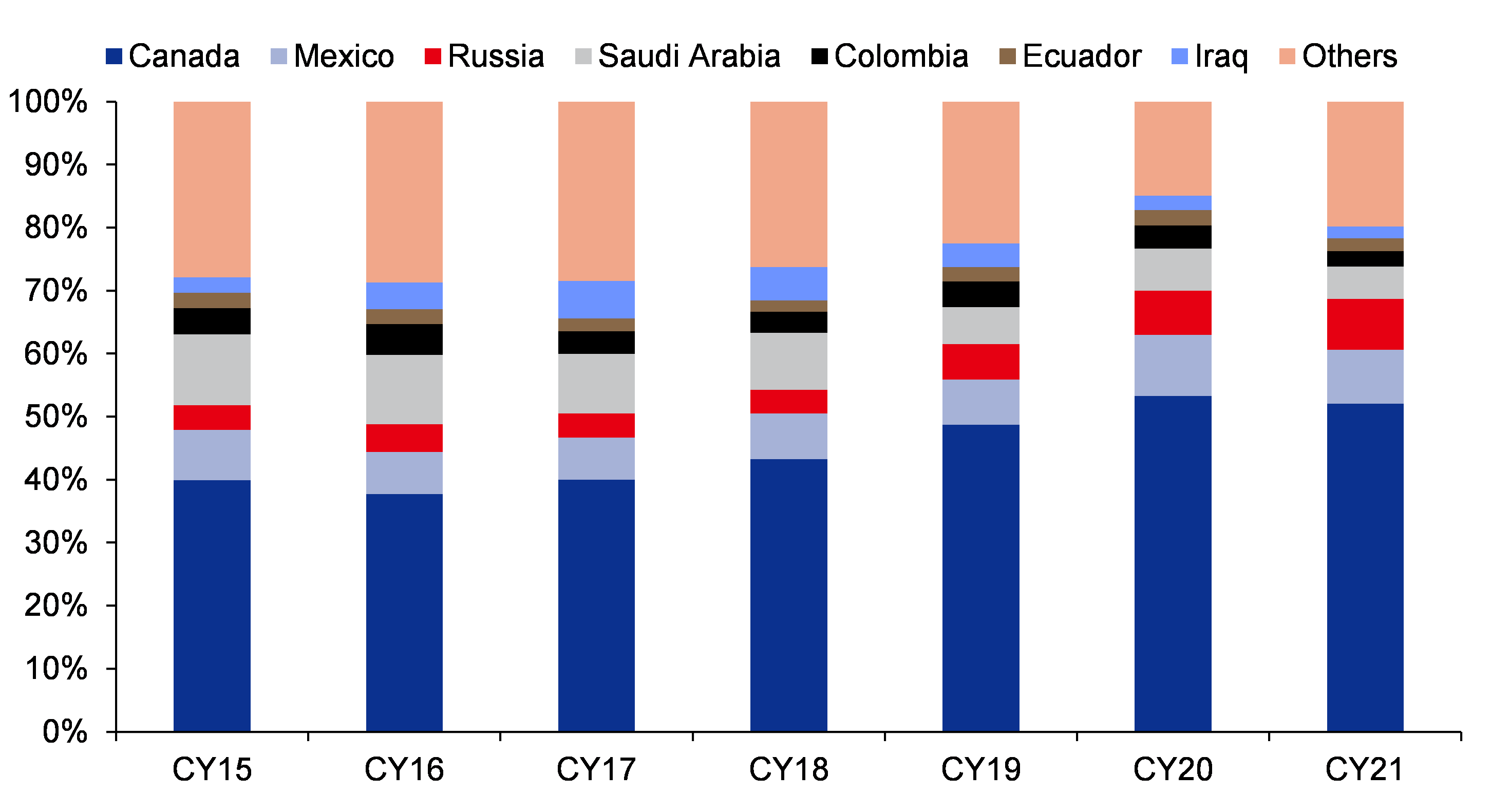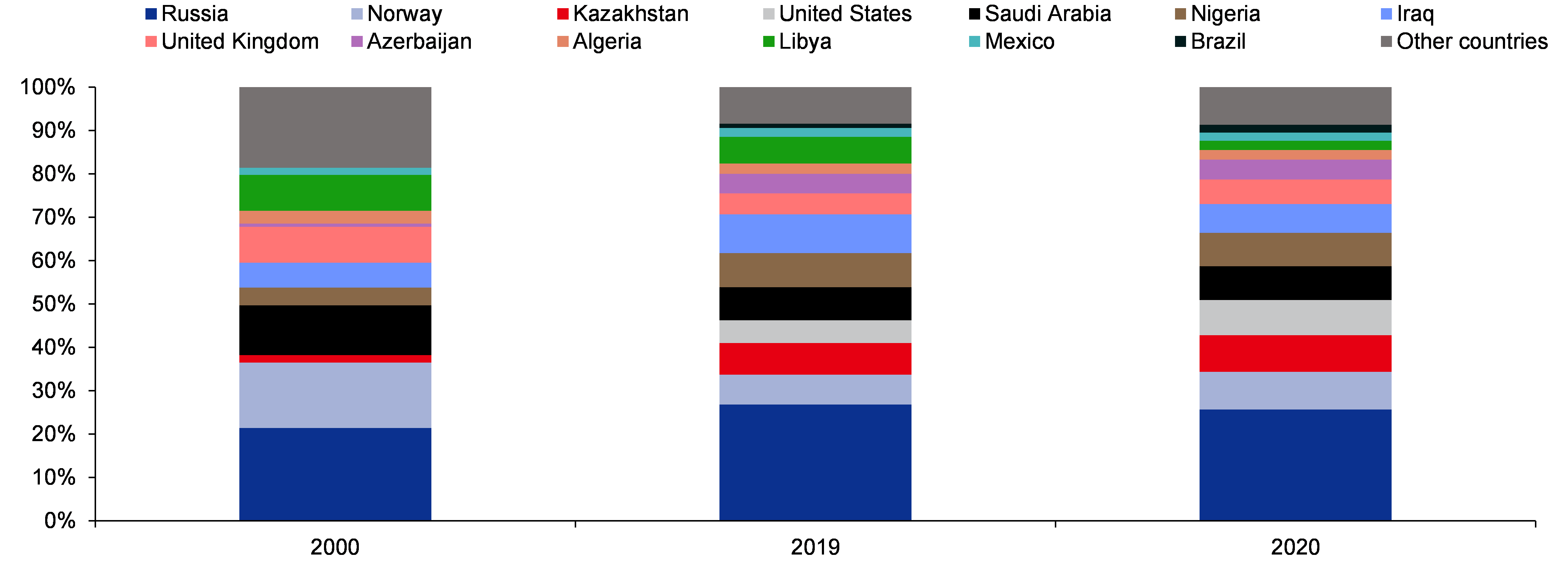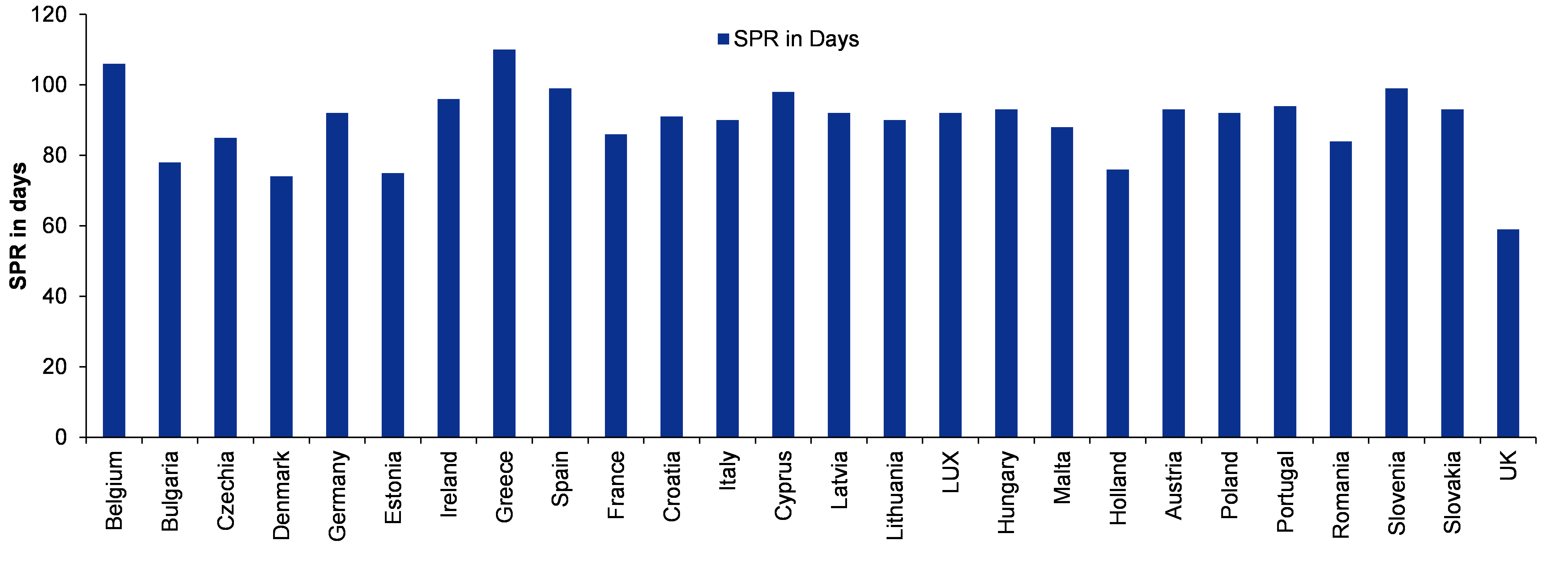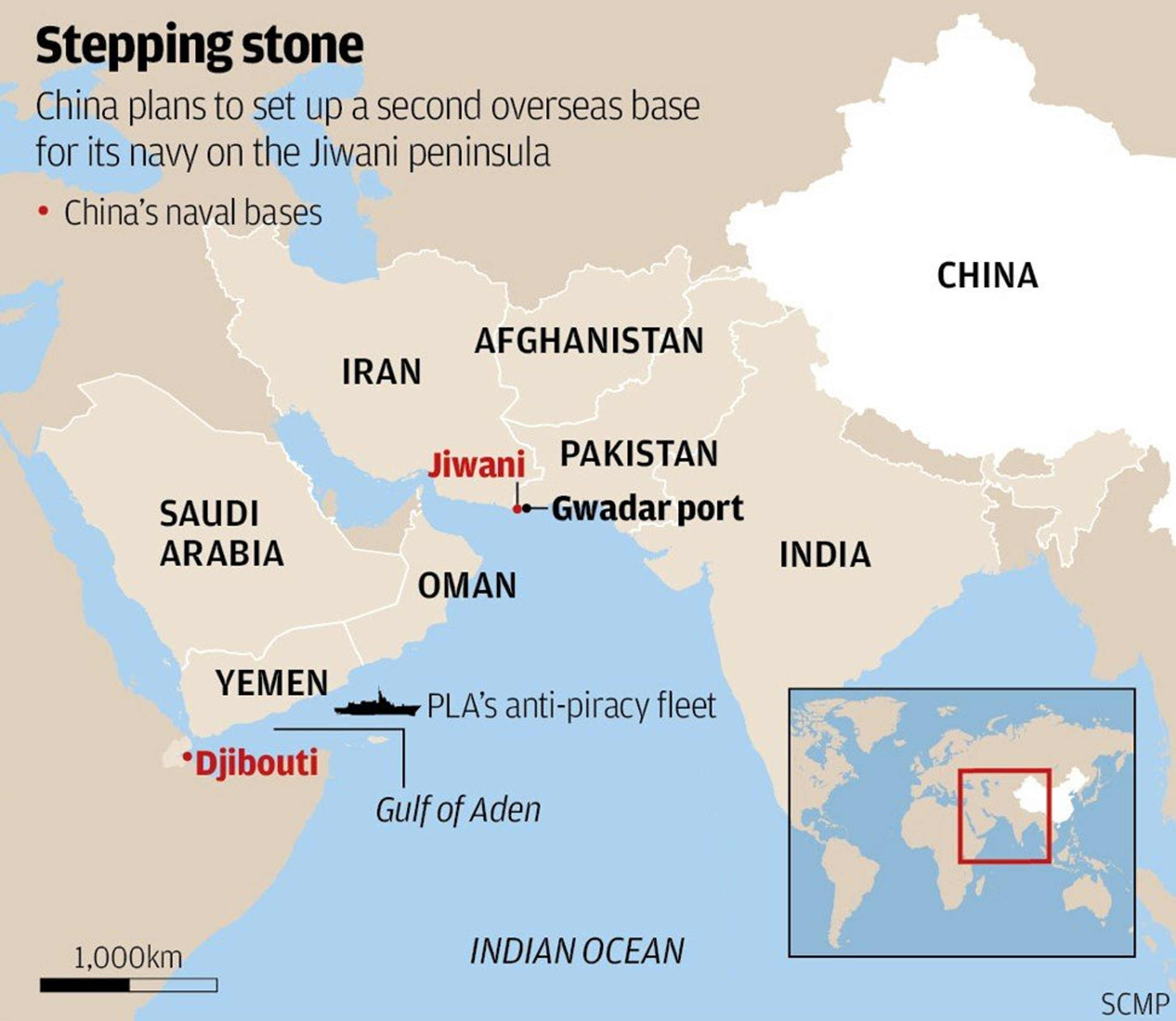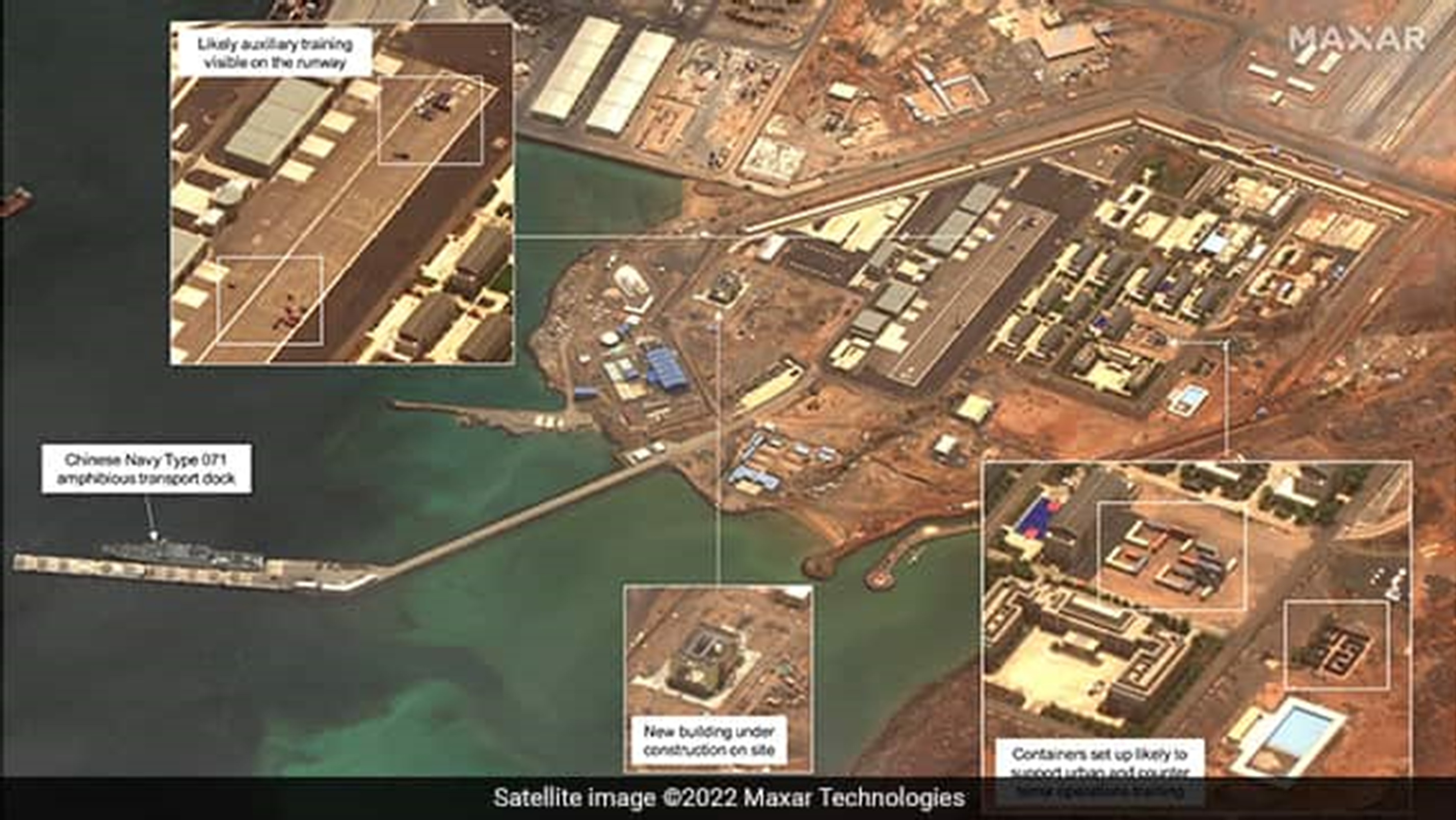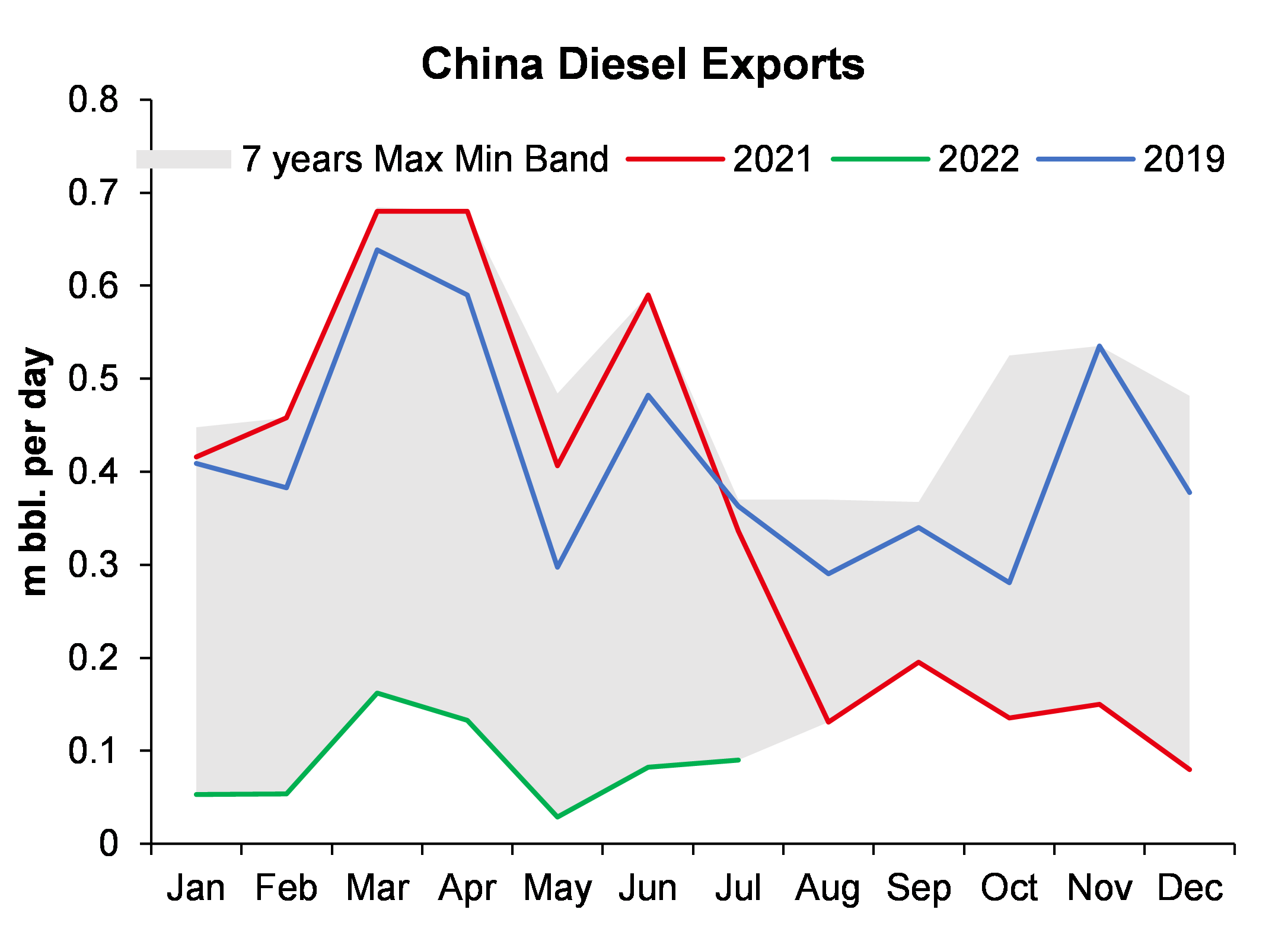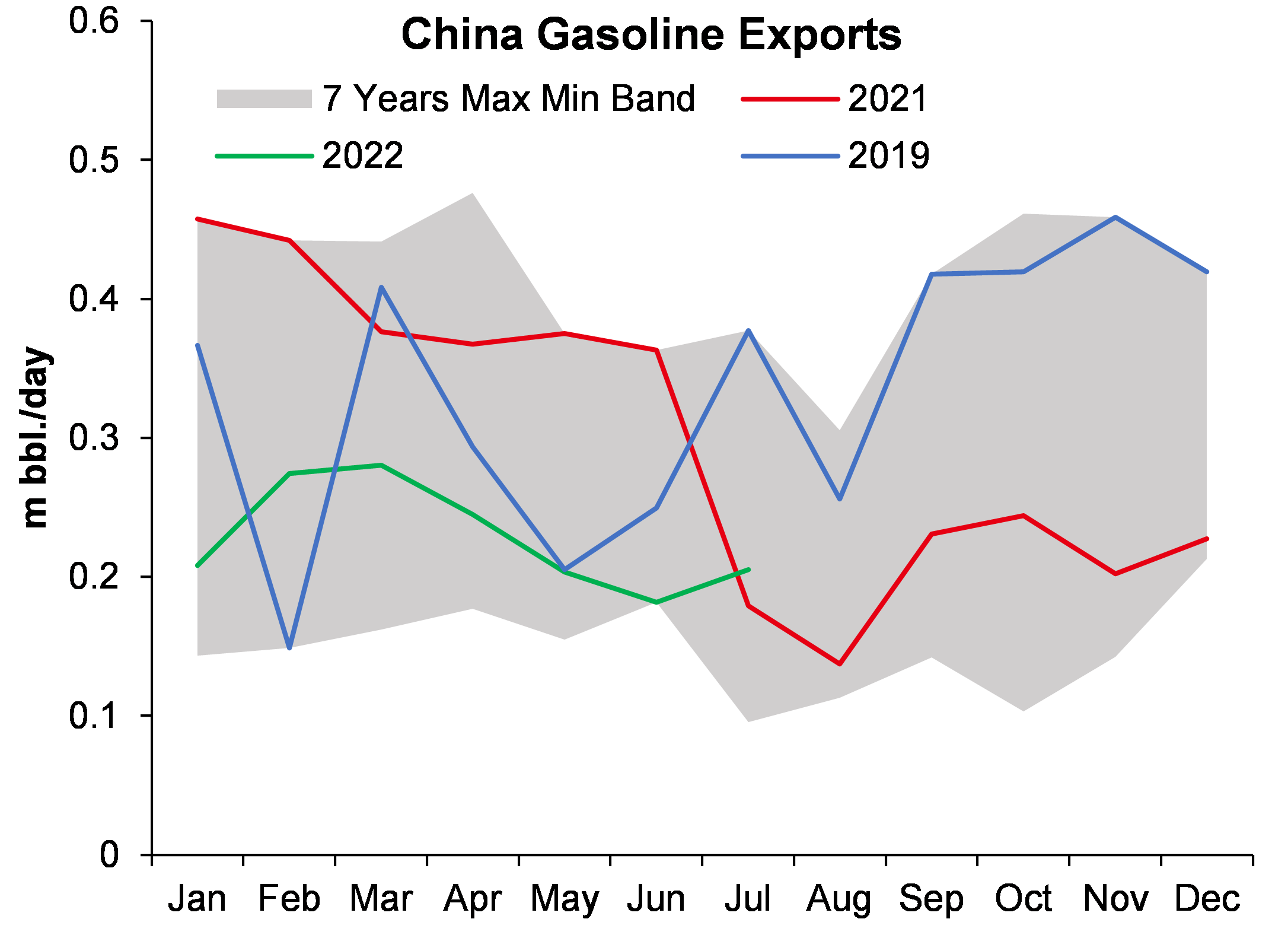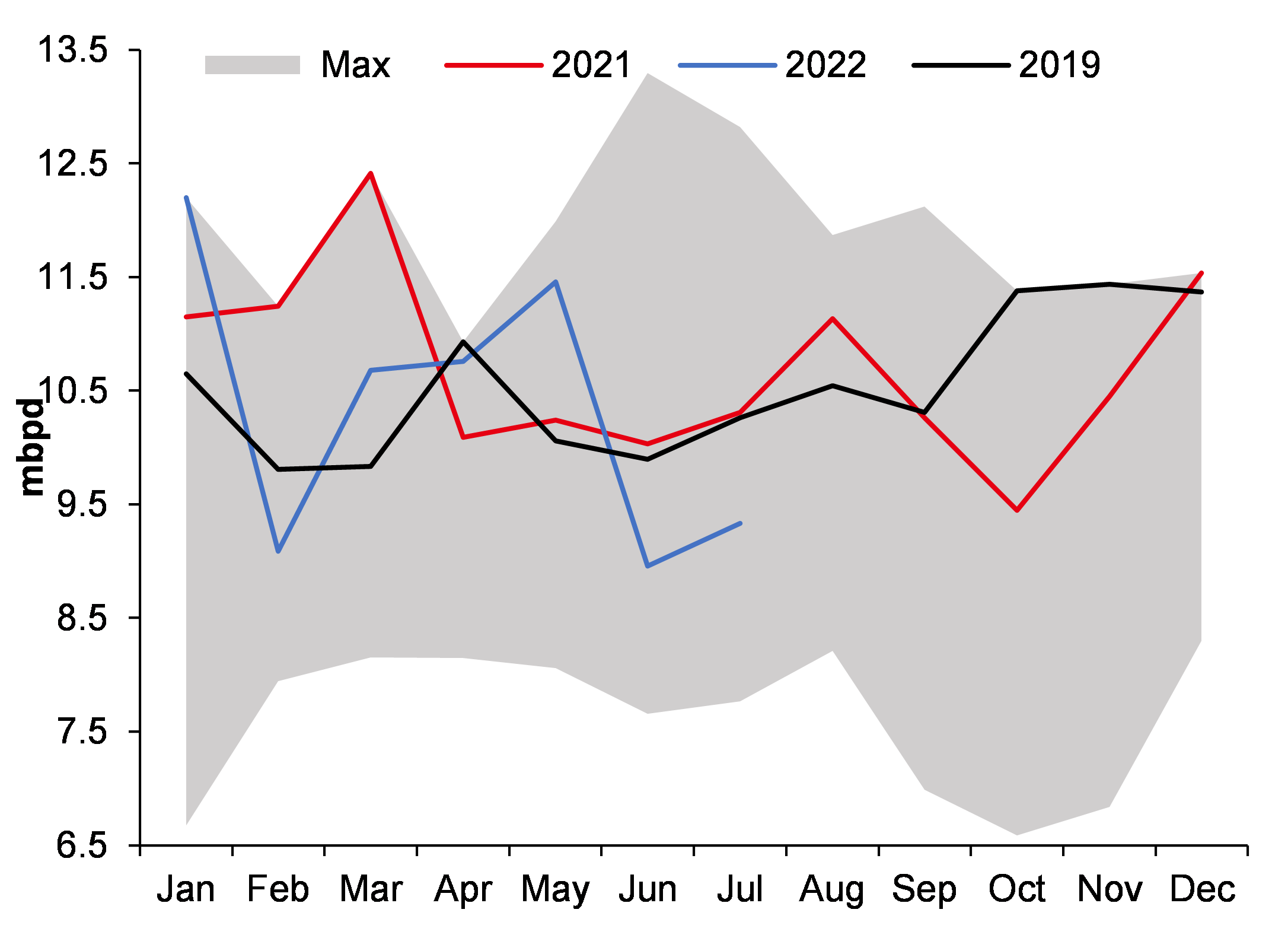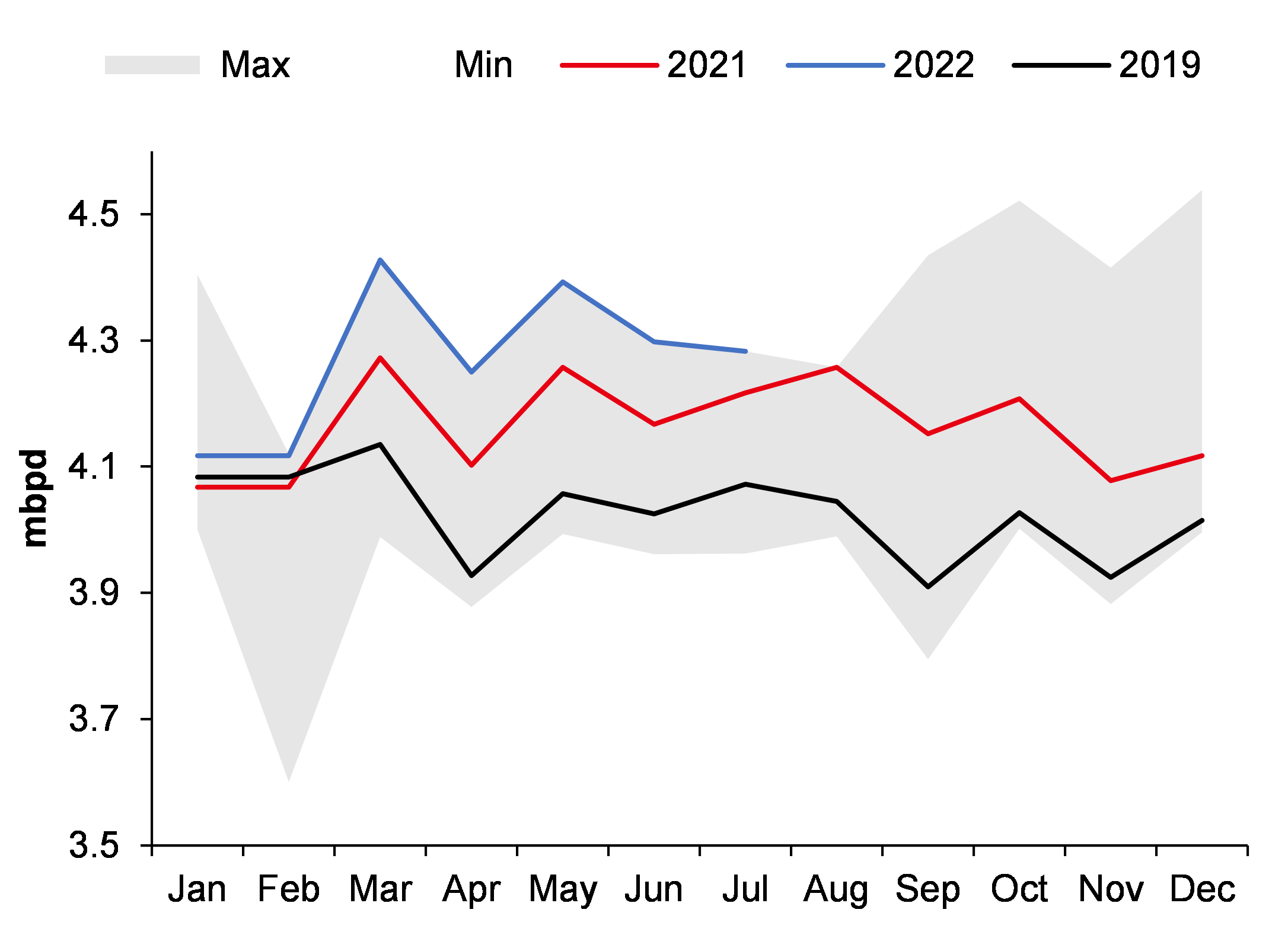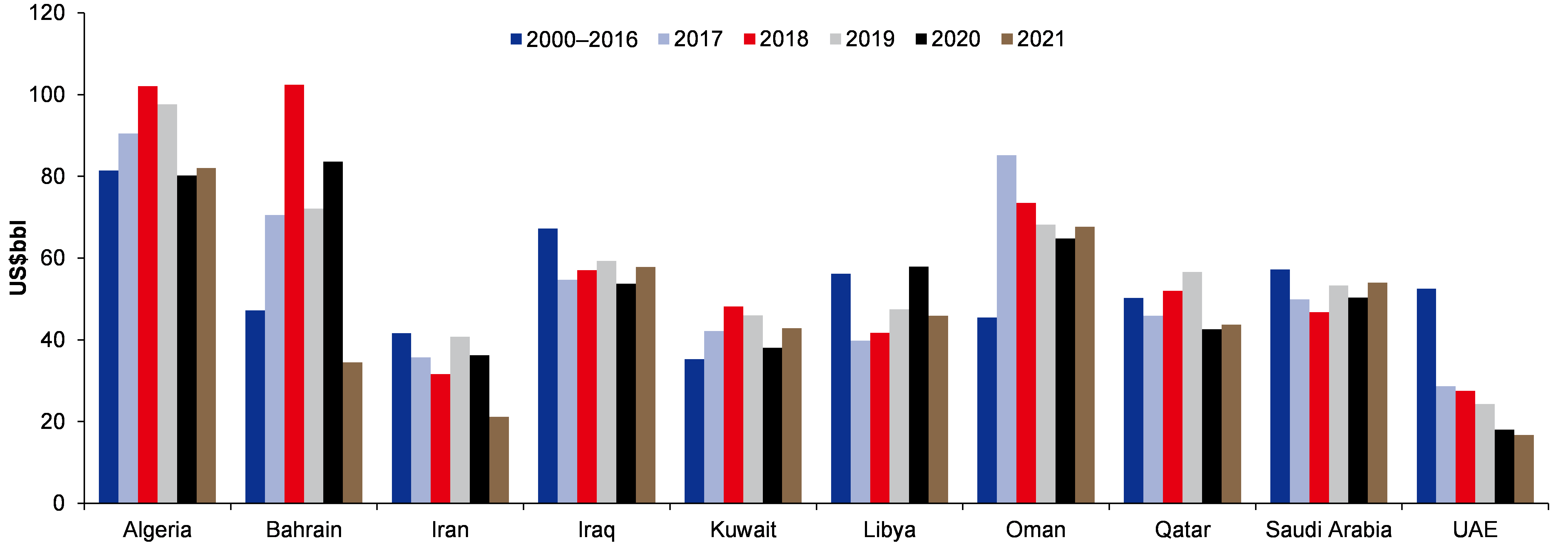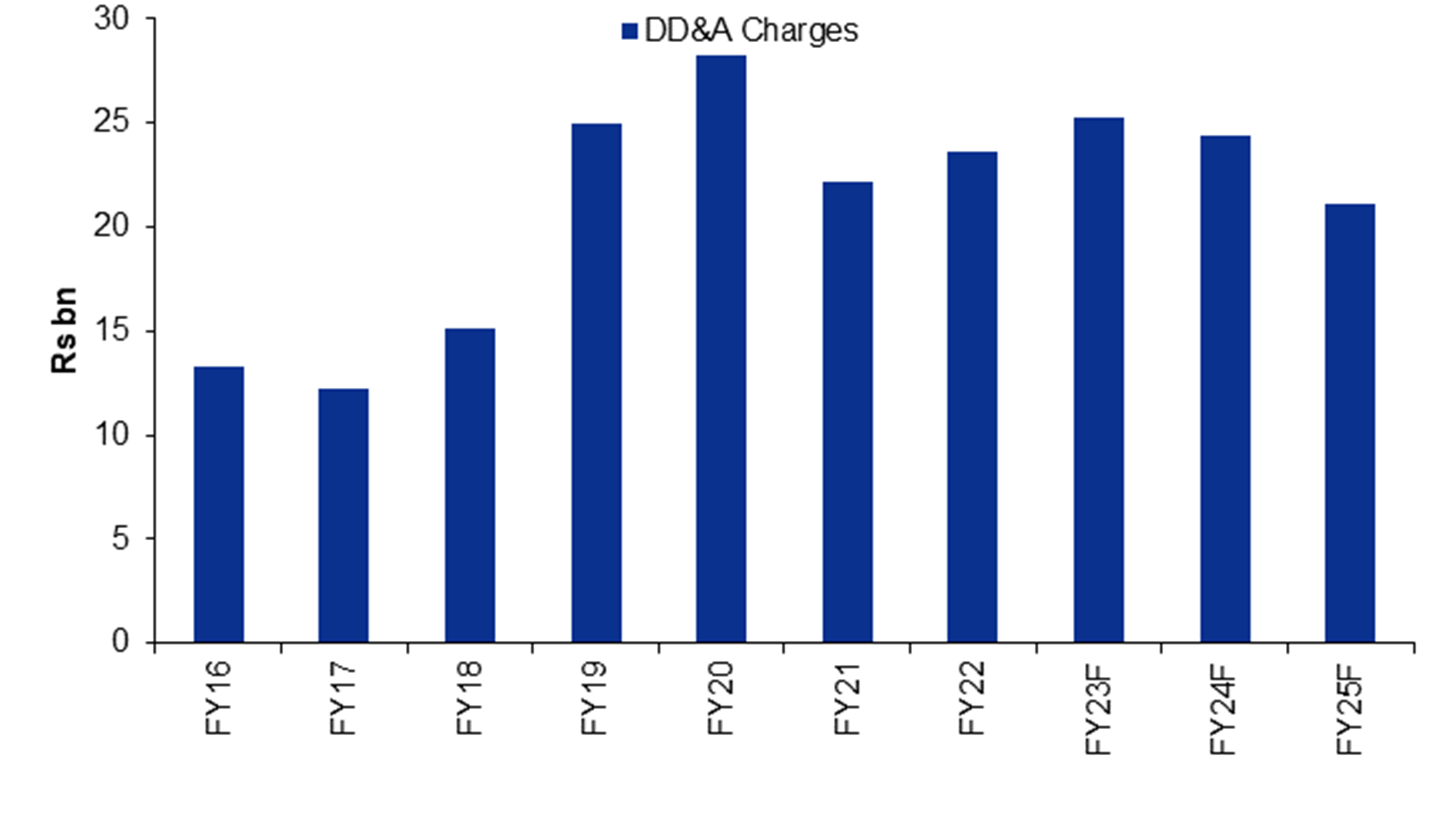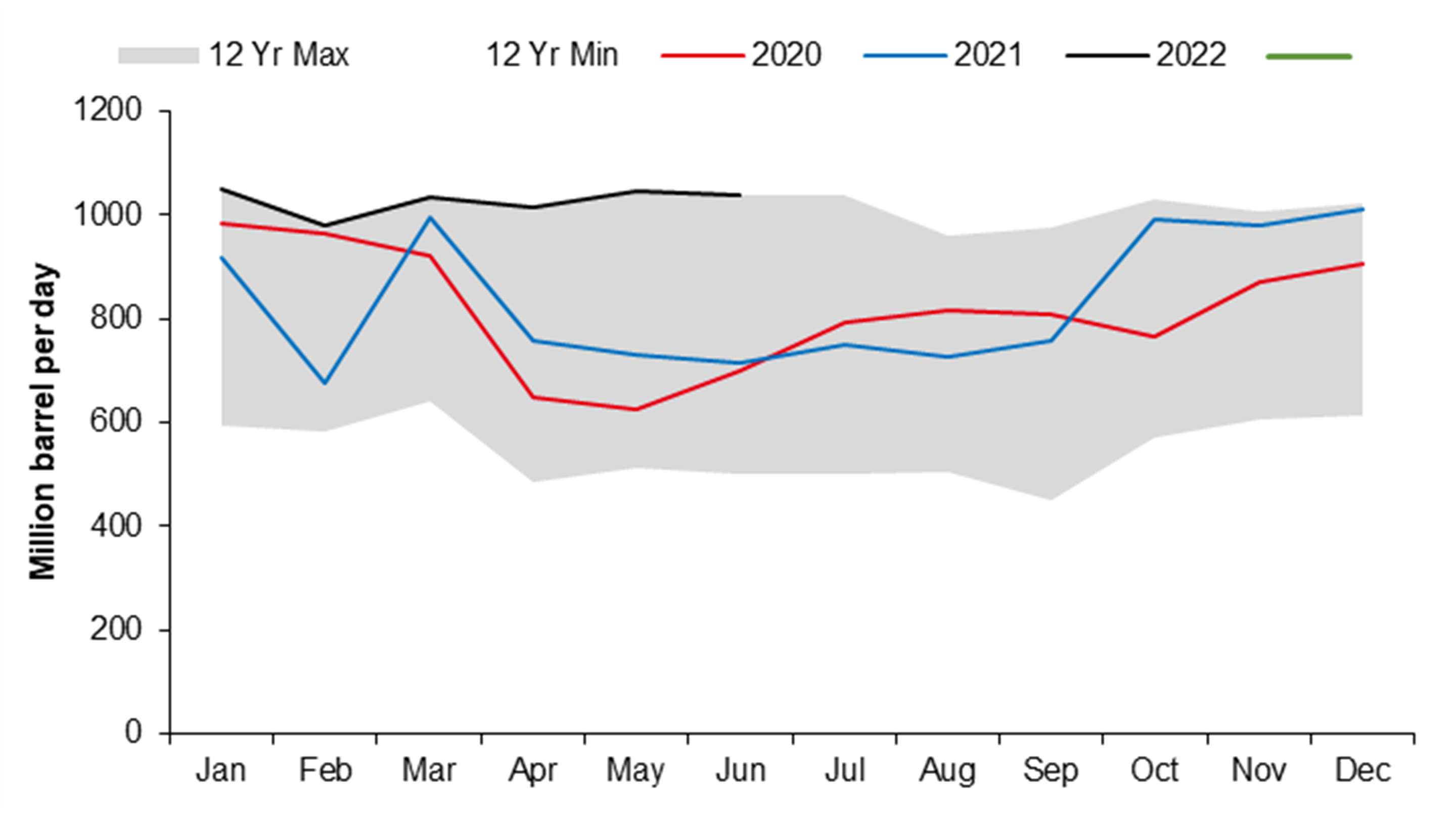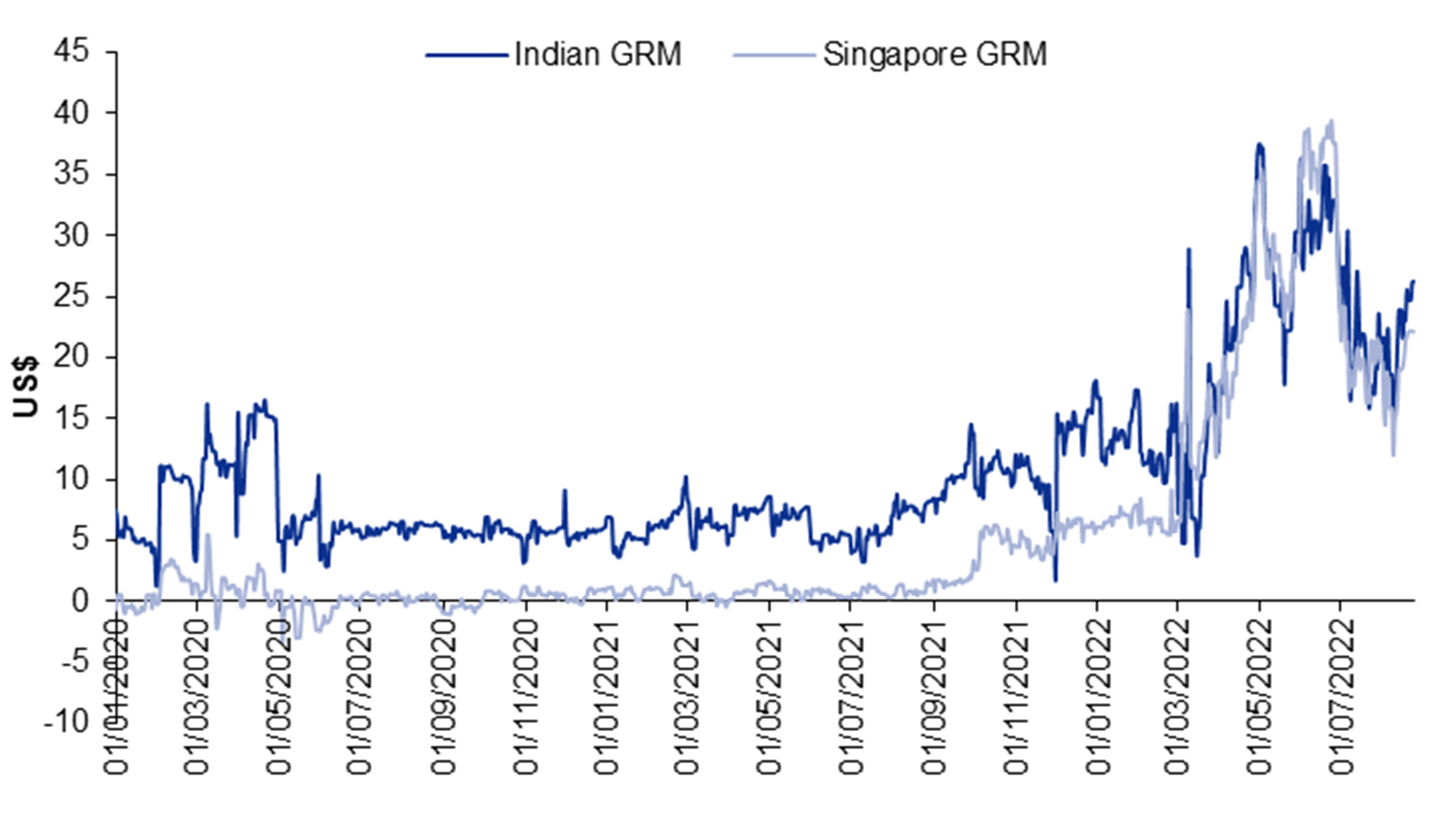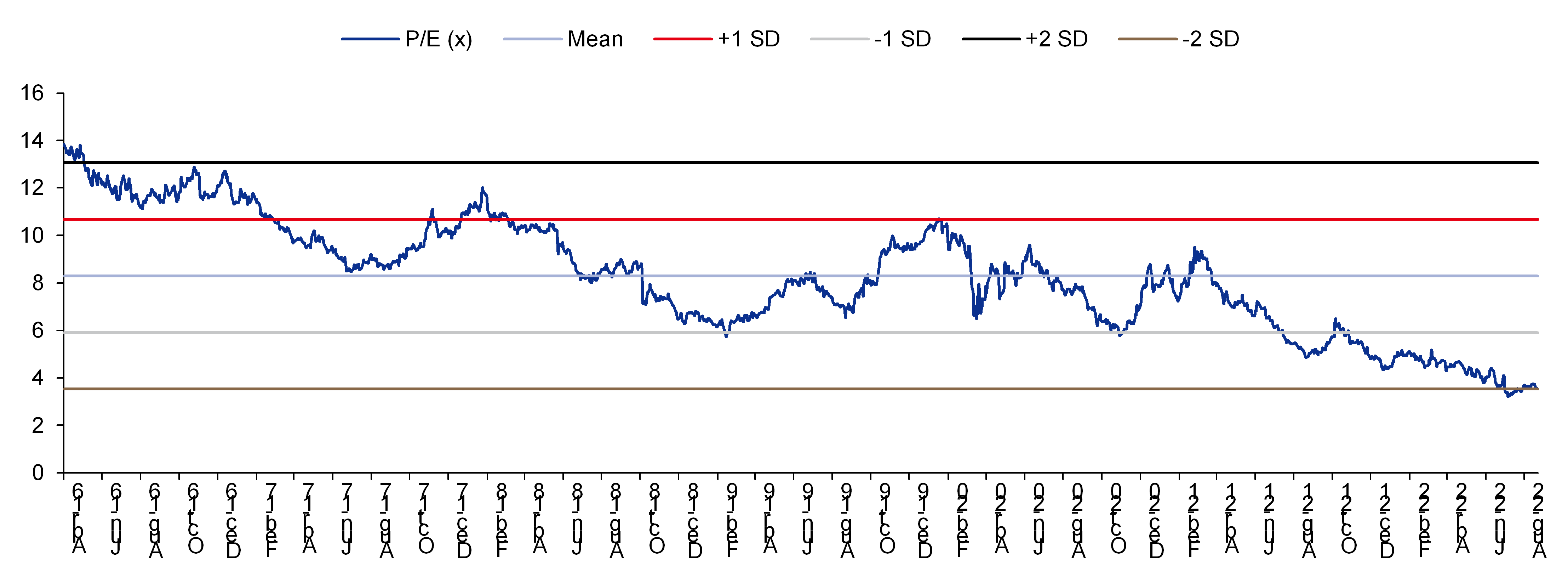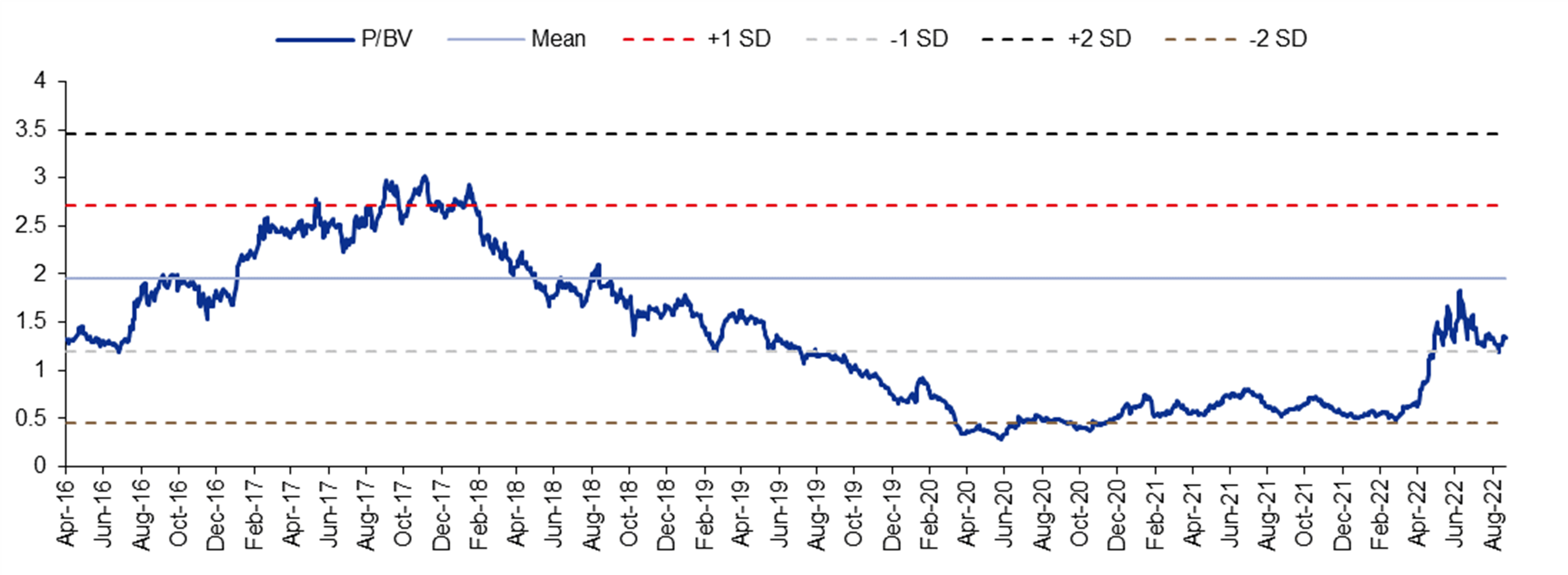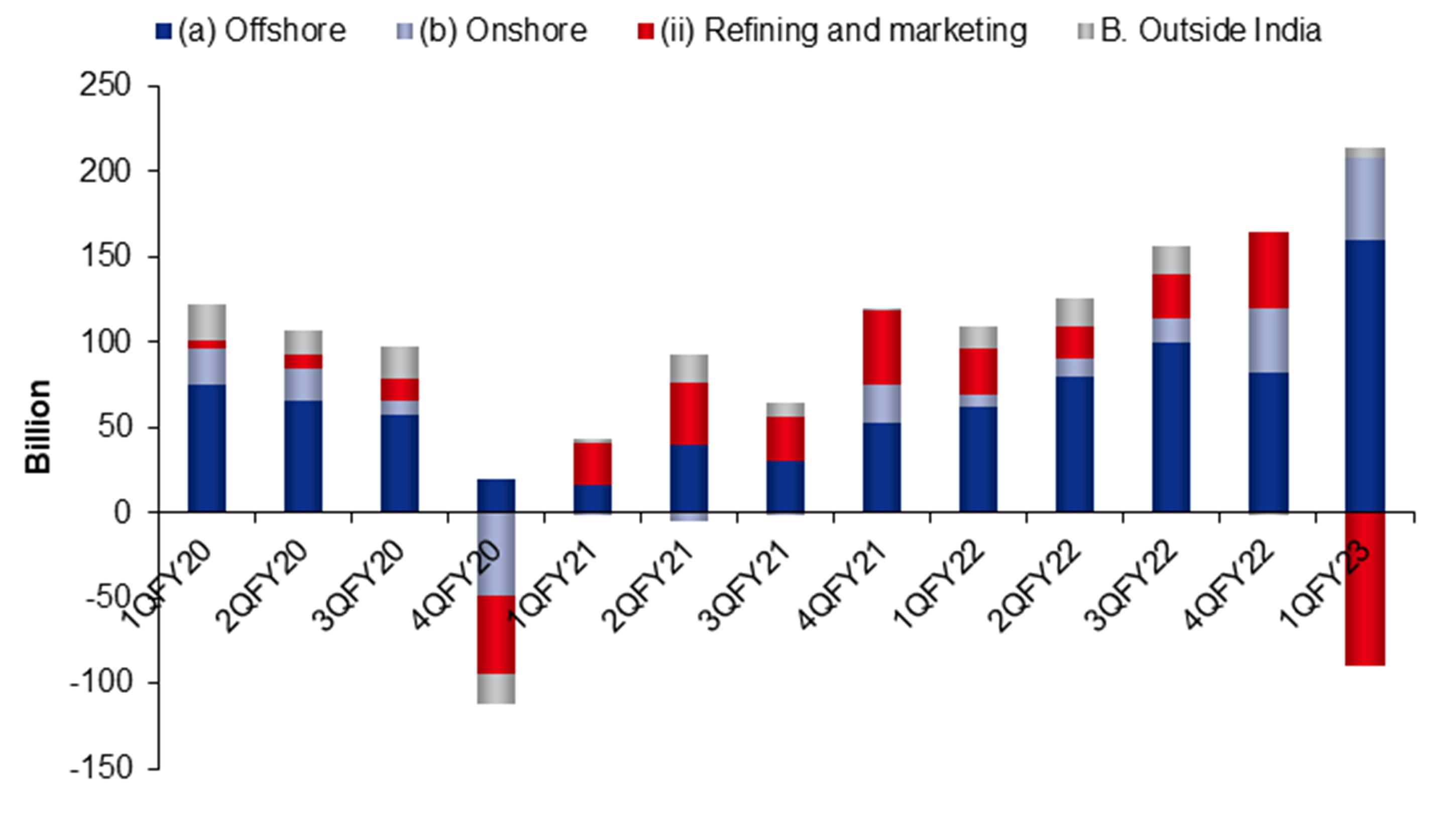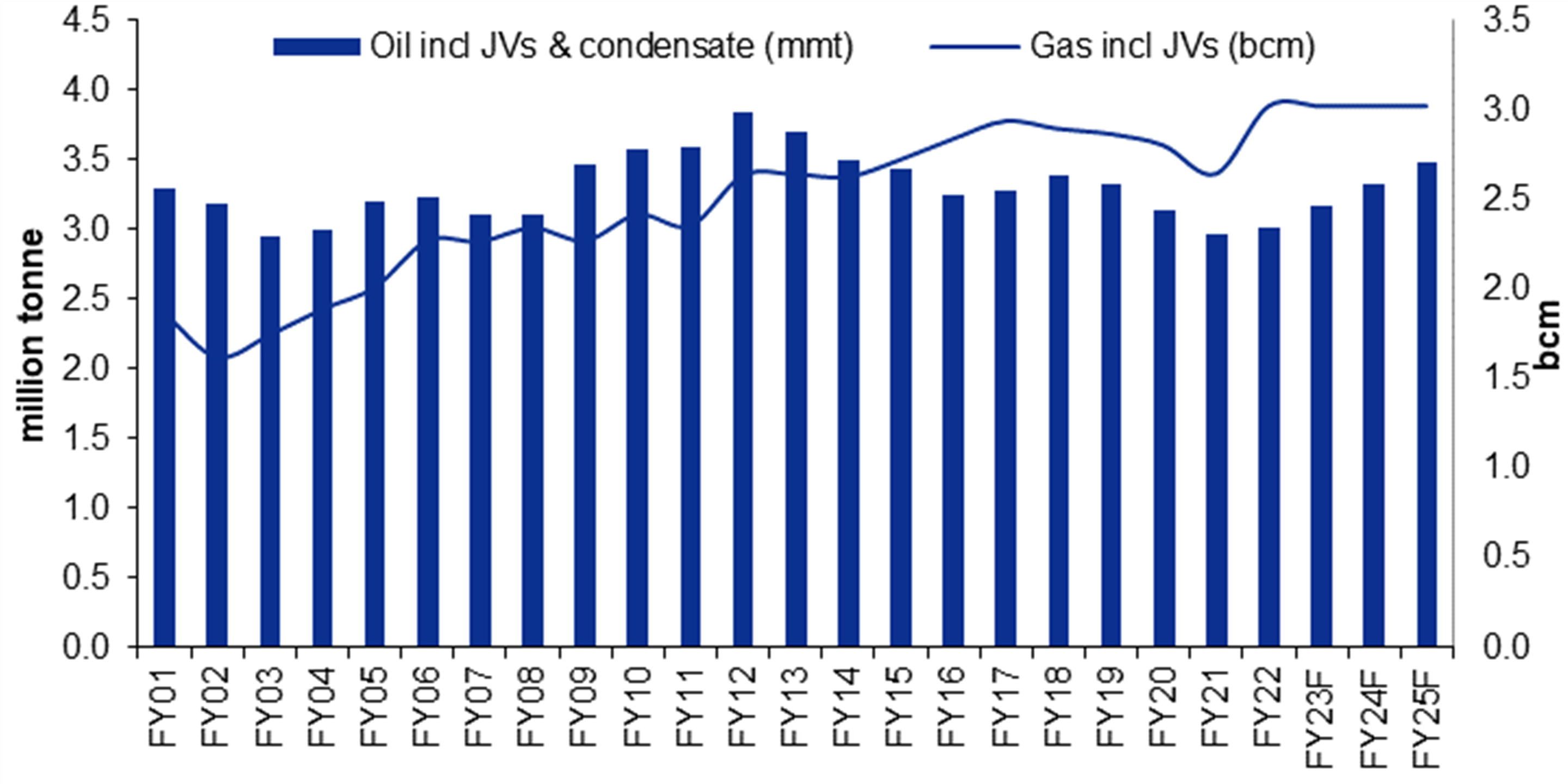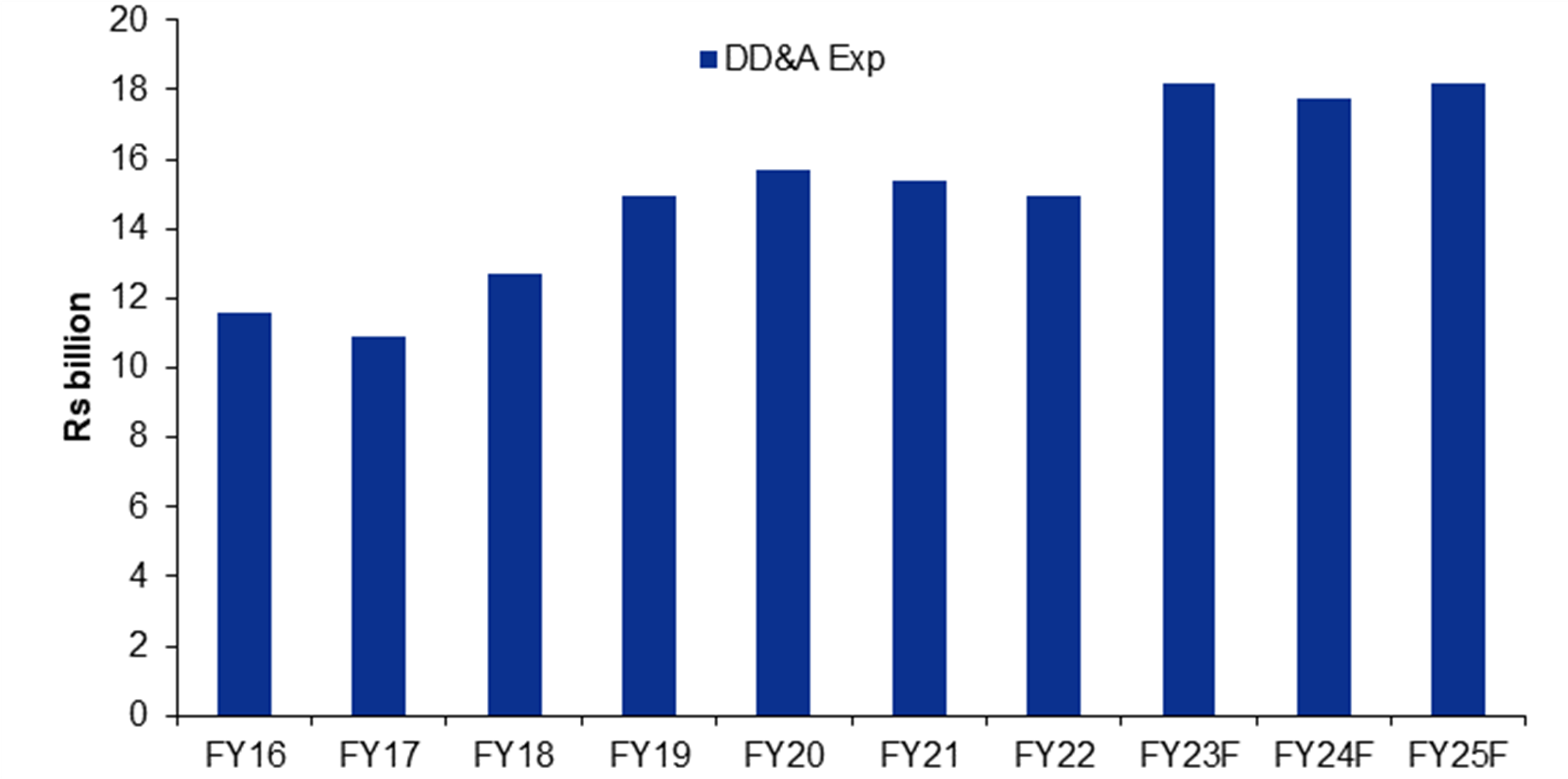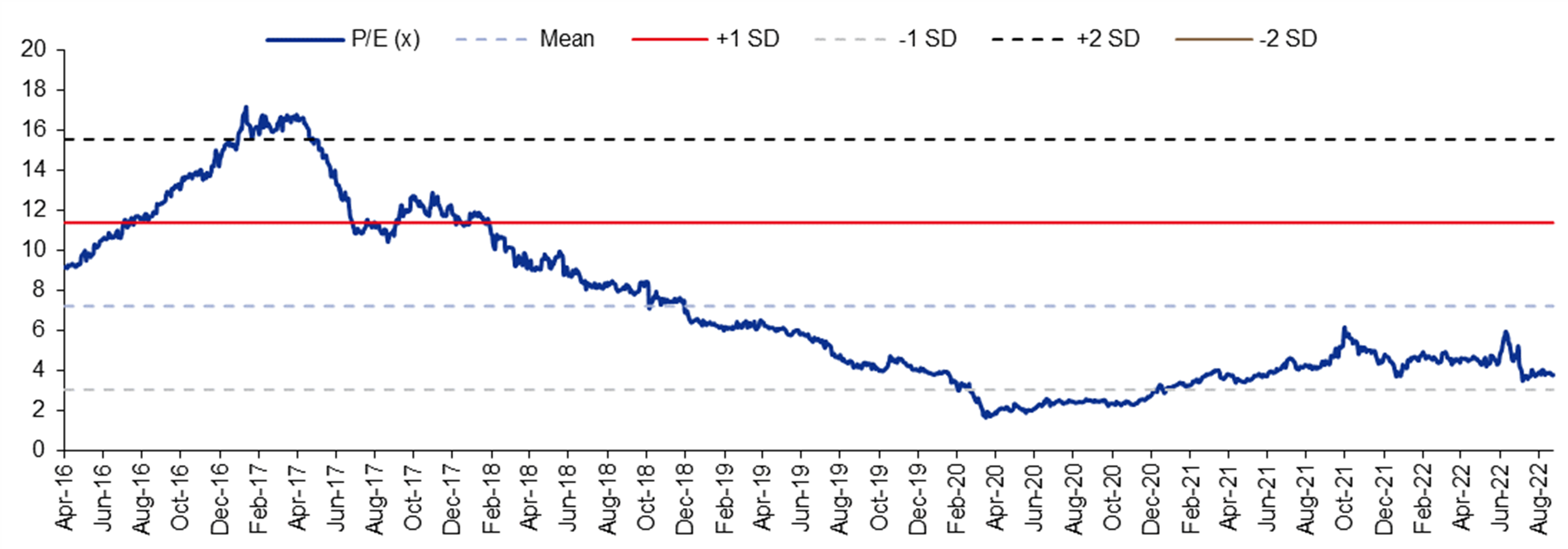- Home
- Companies
-
Sector
- Automobiles and Parts
- Aviation
- Chemicals
- Commodities
- Conglomerates
- Construction and Materials
- Consumer Discretionary
- Consumer Staples
- Financial Services
- Healthcare
- Industrial Goods and Services
- Insurance
- Oil and Gas
- Services
- Technology
- Transport (General)
- Transport Infrastructure
- Utilities
- Telecommunications
- Products
- Screener
- Team

Company
Aarti Drugs Ltd
Aarti Industries
Aavas Financiers Ltd
ABB India Ltd
ACC Ltd
Adani Ports & Special Economic Zone Ltd
Adani Power Ltd
Aditya Birla Fashion and Retail Ltd
Aditya Birla Sunlife AMC
Aether Industries Ltd
Ajanta Pharma Ltd
Alembic Pharmaceuticals Ltd
Alkem Laboratories Ltd
Amber Enterprises
Ambuja Cements Ltd
Ami Organics Ltd
Anupam Rasayan India Ltd
Apex Frozen Foods Ltd
APL Apollo Tubes
Apollo Tyres Ltd
Ashok Leyland
Ashoka Buildcon Ltd
Asian Paints Limited
Astec Lifesciences Ltd
Astral Ltd.
Atul Ltd
AU Small Finance Bank
Aurobindo Pharma
Avalon Technologies
Avanti Feeds Ltd
Axis Bank
Bajaj Auto
Bajaj Finance Ltd
Balkrishna Industries Ltd
Balrampur Chini Mills Ltd
Bank of Baroda
Bank of India
BCL Industries Ltd
Berger Paints India Limited
Bharat Dynamics Ltd
Bharat Electronics Ltd
Bharat Forge
Bharat Heavy Electricals
Bharat Petroleum
Birla Corporation Ltd
Birlasoft
Blue Dart Express Ltd
Blue Jet Healthcare
Bosch Ltd
Britannia Industries Ltd
Camlin Fine Sciences
Canara Bank
Century Plyboards
Cera Sanitaryware
Cholamandalam Investment and Finance Company
Cipla Ltd
Clean Science and Technology
Coal India
Coastal Corp Ltd
Coforge Limited
Colgate Palmolive India
Container Corp of India Ltd
Coromandel International Ltd
CreditAccess Grameen Ltd
Crompton Greaves Consumer Electricals
Cummins India Ltd
Cyient DLM Ltd
Cyient Limited
Dabur India Ltd
Dalmia Bharat Ltd
Data Patterns (India) Ltd
Deepak Fertilisers & Petrochemicals Corp. Ltd.
Deepak Nitrite Ltd
Delhivery
Dilip Buildcon Ltd
Divi's Laboratories
Dixon Technologies
Dr Reddy's Laboratories Ltd
Dr. Lal Pathlabs Ltd.
Eicher Motors Ltd
Elin Electronics
Emami Ltd
Endurance Technologies Ltd
Epigral Ltd
Equitas Small Finance Bank Limited
Escorts Kubota Ltd
Ethos Limited
Exide Industries Ltd
Federal Bank
Finolex Cables
Finolex Industries
FSN Ecommerce
Fusion Finance Limited
GAIL India
Galaxy Surfactants Ltd
Gland Pharma Ltd
Globus Spirits Ltd
Godrej Consumer Products Ltd
Granules India Ltd
Gujarat Fluorochemicals Ltd
Gujarat Gas
Gujarat Pipavav Port Ltd
Gulshan Polyols Ltd
Havells India
HCL Technologies
HDFC AMC
HDFC Bank
HEG Limited
Heidelberg Cement India Ltd
Hero MotoCorp
Hindalco Industries Ltd
Hindustan Aeronautics Ltd
Hindustan Petroleum
Hindustan Unilever Ltd
Home First Finance company
Housing Development Fin.
Hyundai Motor India
ICICI Bank
IKIO Lighting
India Pesticides Ltd
Indian Oil Corp
Indoco Remedies Ltd
Indraprastha Gas
IndusInd Bank
Infosys
InterGlobe Aviation Ltd
Ipca Laboratories Ltd
IRB Infrastructure Developers Ltd
IRB InvIT Fund
J K Cement Ltd
JB Chemicals & Pharmaceuticals Ltd
Jindal Steel and Power
JK Lakshmi Cement
JSW Infrastructure Ltd
JSW Steel
Jubilant Ingrevia Ltd
Jyothy Labs Limited
Kajaria Ceramics
Kalpataru Projects International Limited
Kansai Nerolac Paints Limited
Kaveri Seed Co Ltd
Kaynes Technology
KEC International Ltd
KEI Industries
KNR Constructions Ltd
Kotak Mahindra Bank
L&T Infotech
L&T Technology Services Ltd
Larsen & Toubro Ltd
Laurus Labs
Laxmi Organic Industries Ltd
Lloyds Metals & Energy Ltd
LTIMindtree Ltd
Lupin Ltd
Mahanagar Gas
Mahindra & Mahindra
Mahindra & Mahindra Finance
Marico Ltd
Maruti Suzuki
Metropolis Healthcare Ltd.
Mindtree Ltd
Mphasis
MTAR Technologies Limited
Muthoot Finance Ltd
Natco Pharma Ltd
National Aluminium Co Ltd
Navin Fluorine International Ltd
NCC Ltd
Nestle India Ltd
Nippon Life India Asset Management Ltd
NMDC
NTPC Ltd
Oil & Natural Gas
Oil India
Orient Cement
Orient Electric
Persistent Systems Ltd
Petronet LNG
PG Electroplast
PI Industries Ltd
Pidilite Industries Limited
PNC Infratech Ltd
Polycab India
Prism Johnson Ltd
Punjab National Bank
Rallis India Ltd
Ramco Cements Ltd
Raymond Ltd
Samvardhana Motherson International Ltd
SBI Cards
SBI Life Insurance
Schaeffler India Ltd
Shree Cement Ltd
Shriram Finance Limited
Siemens Ltd
SKF India Ltd
Skipper Limited
Som Distilleries & Breweries Ltd
Sonata Software
Spandana Sphoorty Financial
SpiceJet Ltd
SRF Limited
State Bank of India
Steel Authority of India
Sun Pharmaceutical Industries
Supreme Industries
Swiggy Ltd
Syrma SGS Technology
Tata Consultancy Services
Tata Elxsi Ltd
Tata Motors
Tata Steel
Tata Technologies Ltd
TCPL Packaging Ltd
Tech Mahindra
Thermax Ltd
Thyrocare Technologies Ltd.
Timken Ltd
Titan Co Ltd
Torrent Pharmaceuticals Ltd
Triveni Engineering and Industries Ltd
TVS Motor Co Ltd
Ugro Capital
UltraTech Cement Ltd
UPL Limited
UTI AMC
V-Guard Industries
Vinati Organics
VIP Industries Limited
Voltas Ltd
VRL Logistics Ltd
Wipro
Zydus Lifesciences
Sector
Automobiles and Parts
Aviation
Chemicals
Commodities
Conglomerates
Construction and Materials
Consumer Discretionary
Consumer Staples
Financial Services
Healthcare
Industrial Goods and Services
Insurance
Oil and Gas
Services
Technology
Transport (General)
Transport Infrastructure
Utilities
Telecommunications
Analyst
Abhishek SHINDADKAR
Anirvan DIVAKERA
Himanshu Marfatia
InCred Institutional Equities Research
Meghna LUTHRA
Niharika AGARWAL
Nishant BAGRECHA
Nitin AWASTHI
Pramod AMTHE
Rajarshi MAITRA
Ravi GUPTA
Ritik GUPTA
Rohan KALLE
SALES-BLOOM Kamal
Satish KUMAR
Saurabh SINGH
Shakthi Karanam
Shivam AGARWAL
Tushar WAVHAL
Yogesh SONI



